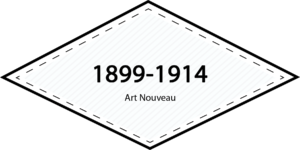
“Fin de Siecle”
Only theoretically “end of the century”; another sub-category of the Edwardian Era which embraced the place “where technology meets nostalgia”


—— ERA IN BRIEF ——
Art Nouveau was a worldwide “Total” art style best remembered in the U.S. as the “Tiffany” style. Art Nouveau fashion crossed over other trends of Edwardian, “La Belle Epoque”, activewear, “Aesthetic”, “Dress Reform”, & “Haute Couture” to integrate certain elements & methods of quality craftsmanship while using new technology & equipment to accomplish a completely new visual concept of “pure art”.

—— PORTRAITS OF REAL WOMEN OF ERA ——
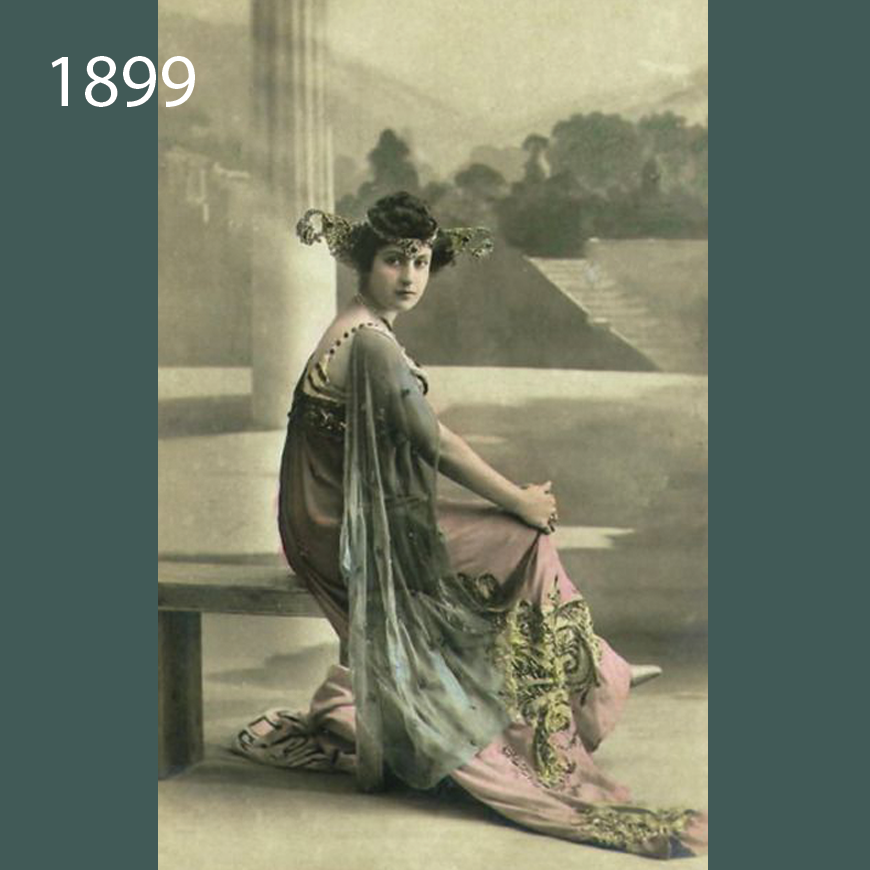
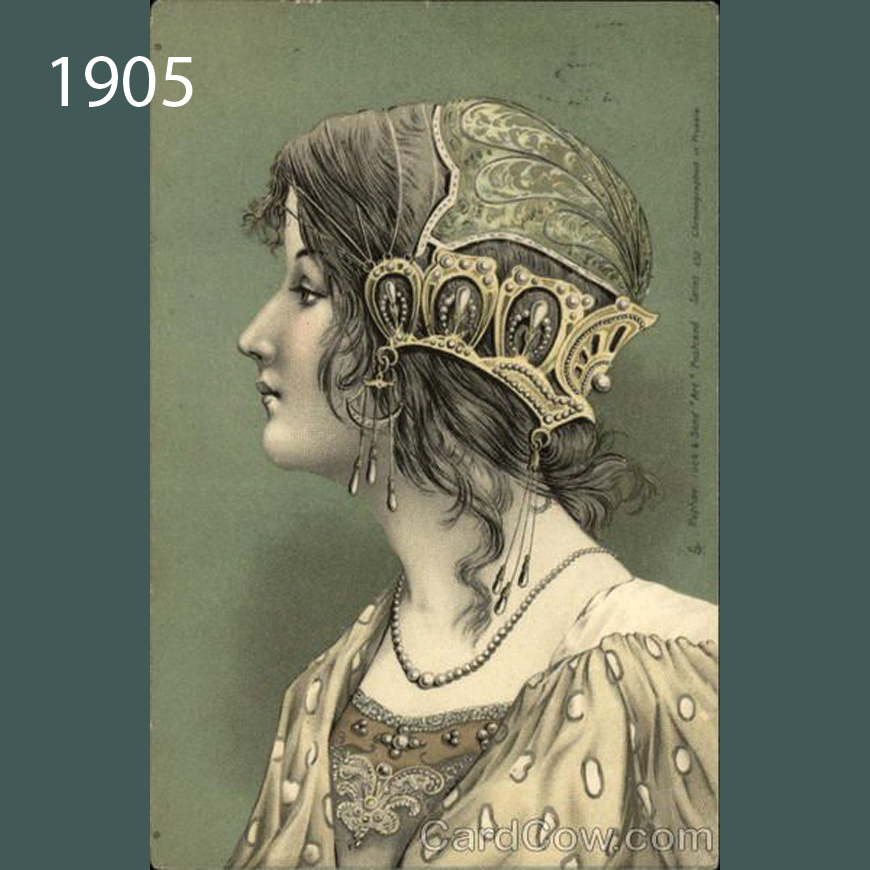
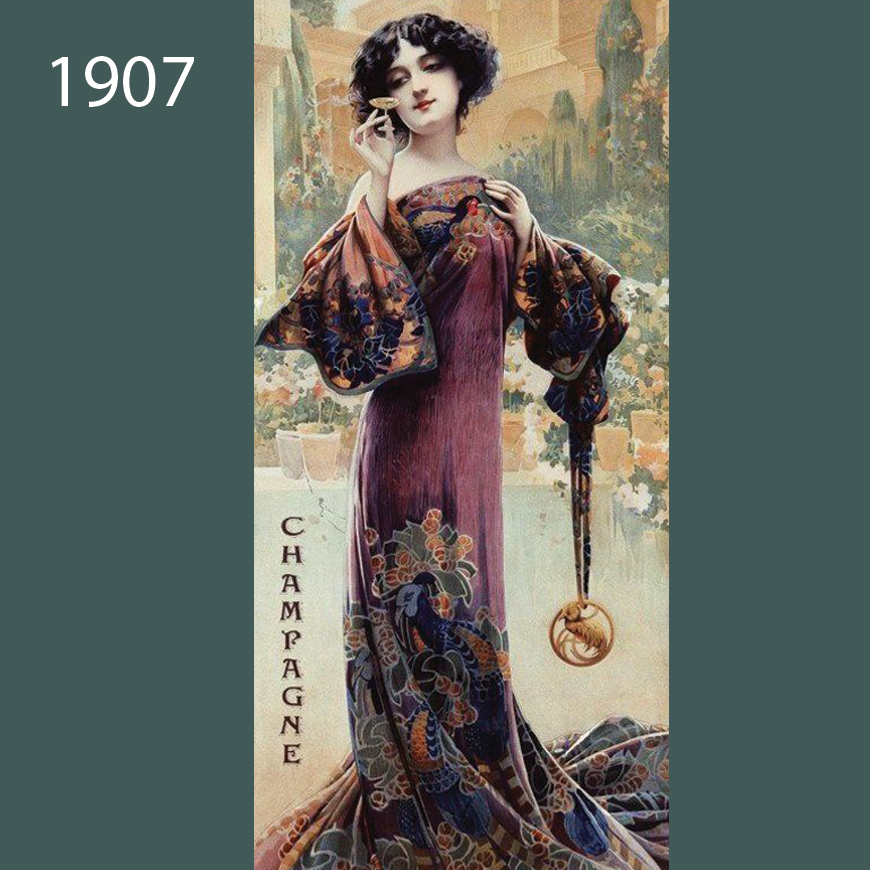
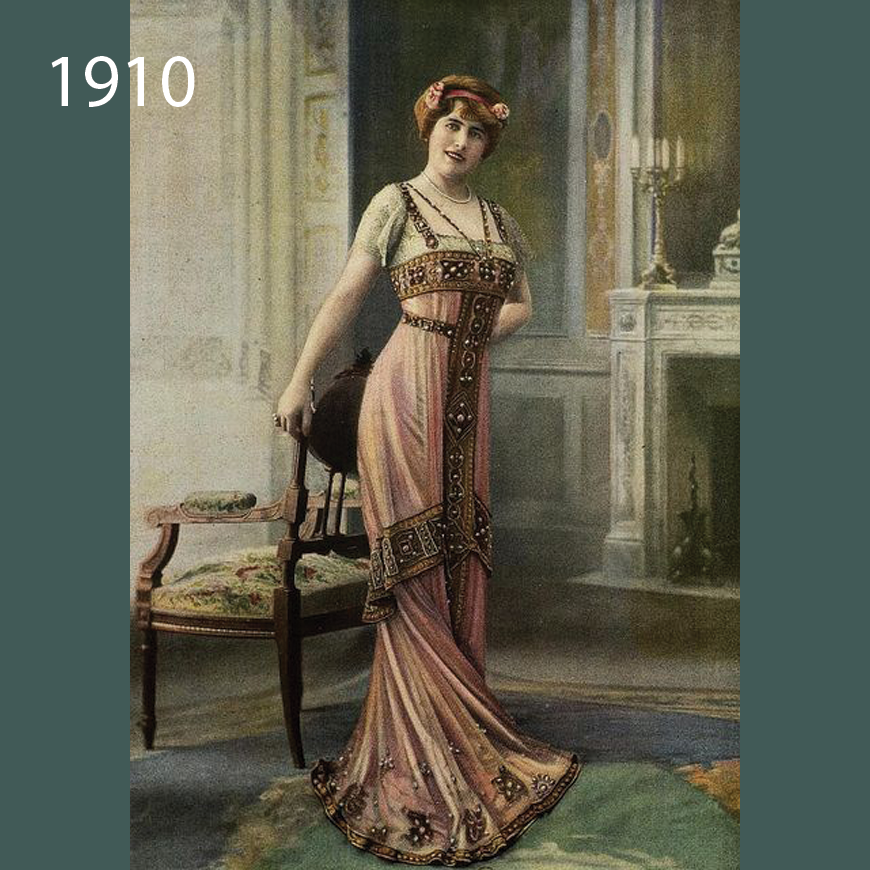
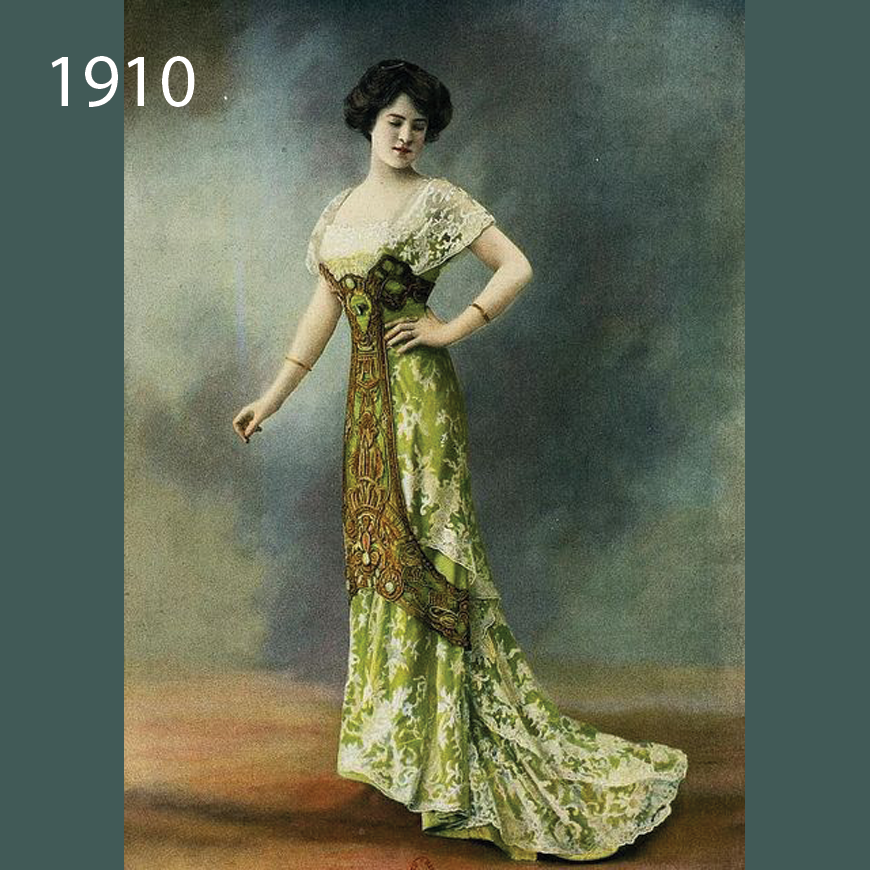
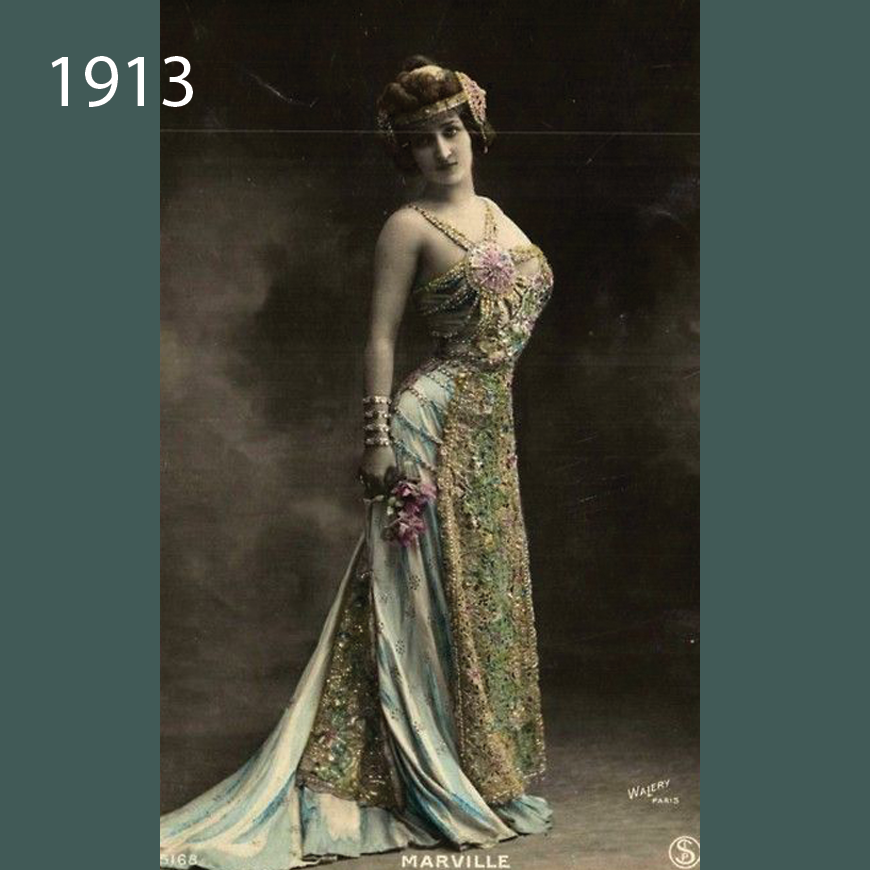
AESTHETIC & REFORM
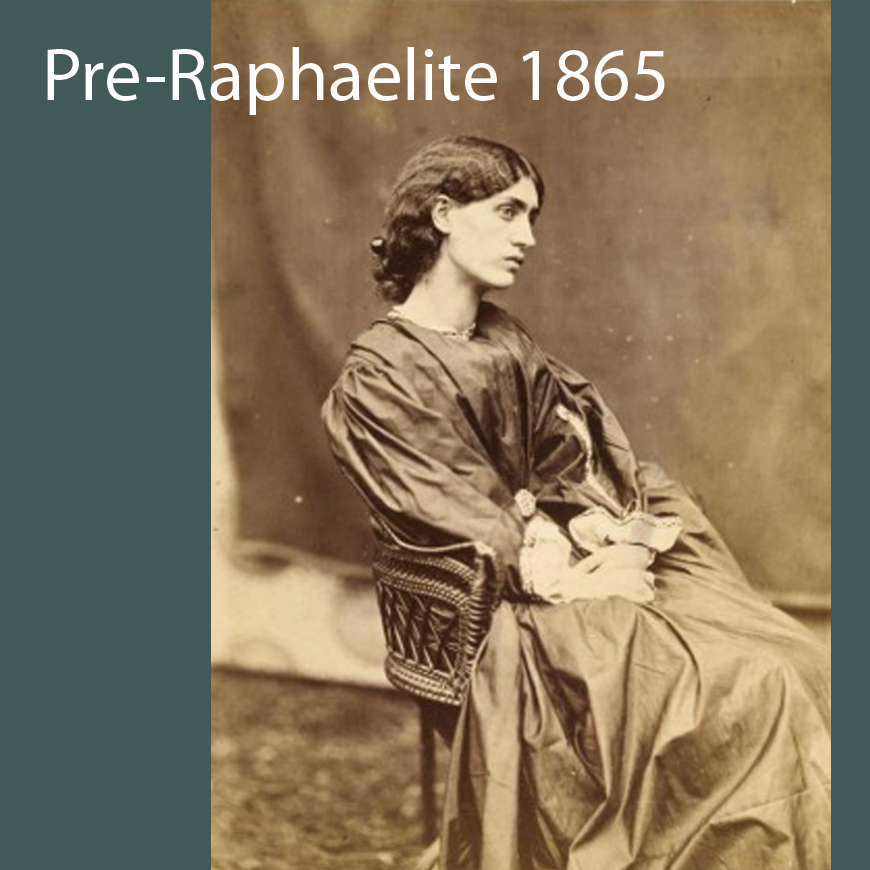
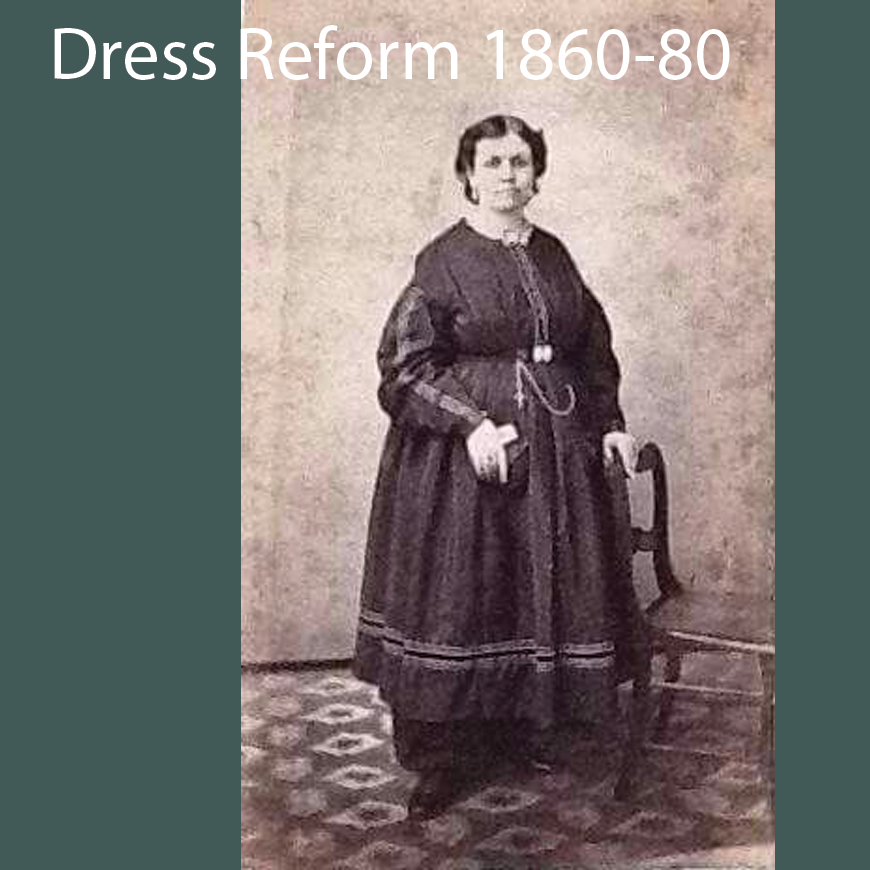
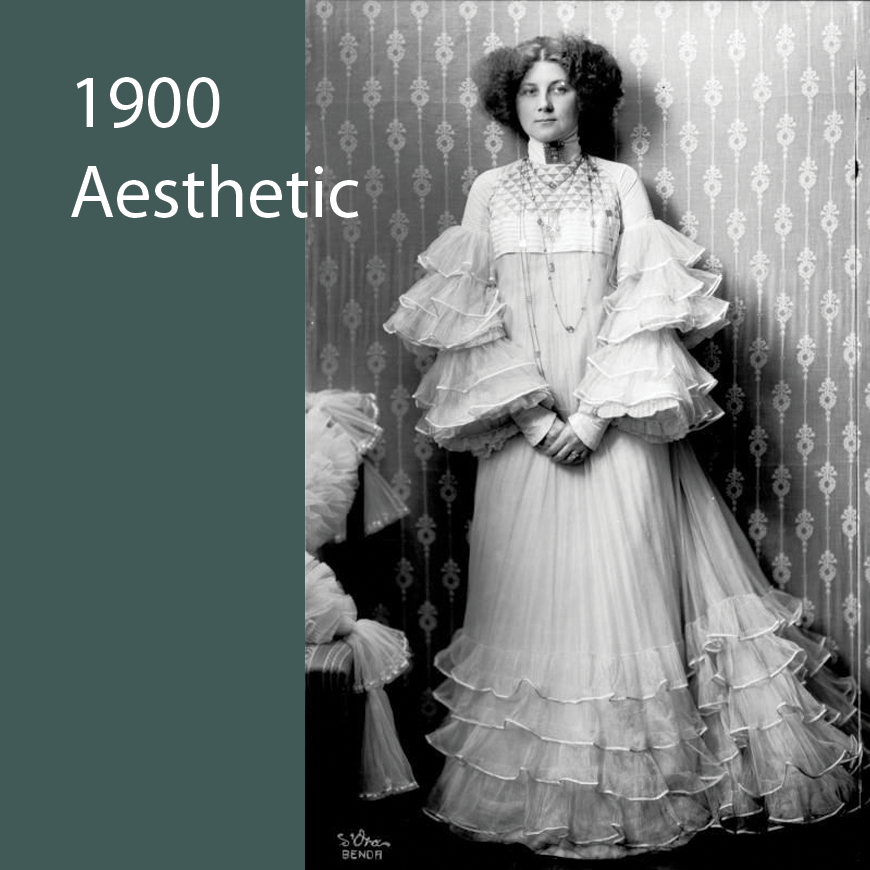

—— WORLD SITUATION ——
- The years 1870-1914 French called “Fin de Siecle”
- It was not technically the “end of the century”. It loosely meant the “End of the Times”
- In reality “Fin de Siecle” crossed over styles & eras & was not a timeframe
- It was a time of the Tango, Waltz, & Ragtime
- The era heralded change in mood & acceptance at last from the old word to a modern era
- The world had changed in technology, culture, society, & politics
- Many countries had granted suffrage to women during this time, & women had entered the work force
- The Edwardians were still going strong, but there was a new pull for every woman to be more comfortable & to wear more practical clothing as their lives had changed from many social & political constraints of the past
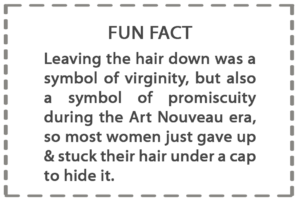

—— INTERESTING FACTS ——
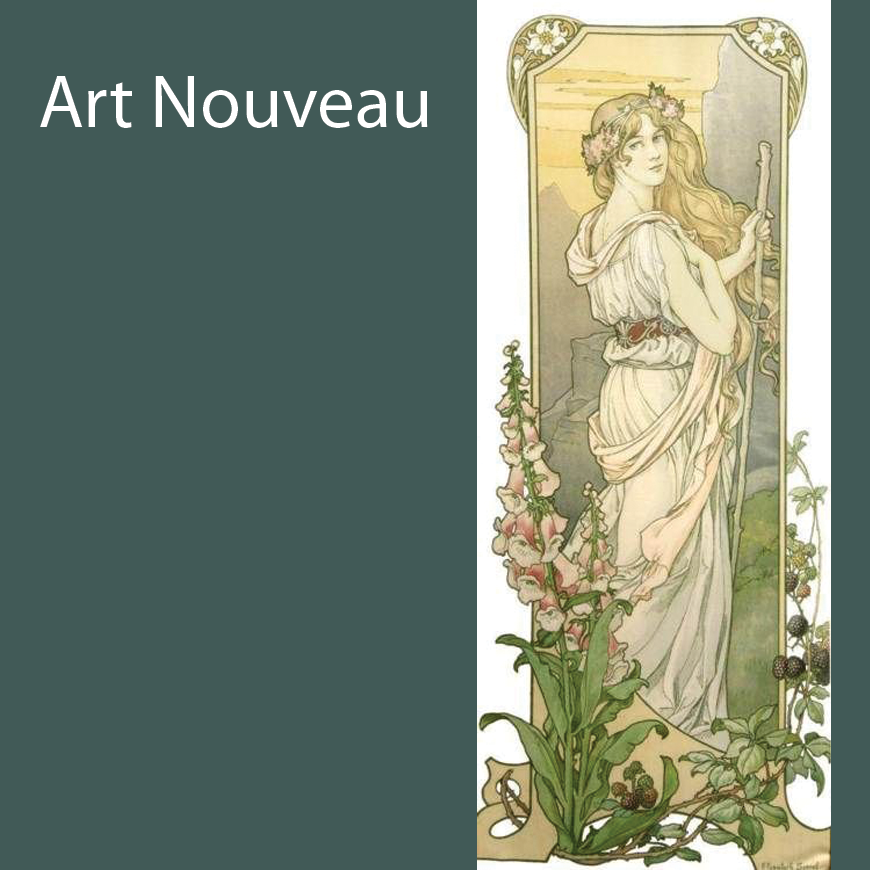
AN EVOLVING PART OF ART
- Art Nouveau’s active period was 1890-1910
- It was completely gone by 1910 & replaced by Art Deco
- Art Nouveau was a “Total Art” style including architecture, graphic design, interior design, decorative arts, jewelry, furniture, textiles, silver, lighting, fine arts, & clothing
- The Academic system which had dominated art education from 1600-1900 had at its basis the belief the so-called fine arts such as painting & sculpture were superior to functional arts such as furniture or ironwork
- Art Nouveau proponents felt the Academics were neglecting good craftsmanship for the sake of appearance
- They believed decorative & functional arts were becoming poorly made objects that imitated earlier periods
- The practitioners of Art Nouveau wanted to revive good workmanship & raise the status of all arts & crafts
- They wanted to create genuinely modern & current designs which reflected the function of the items they were creating
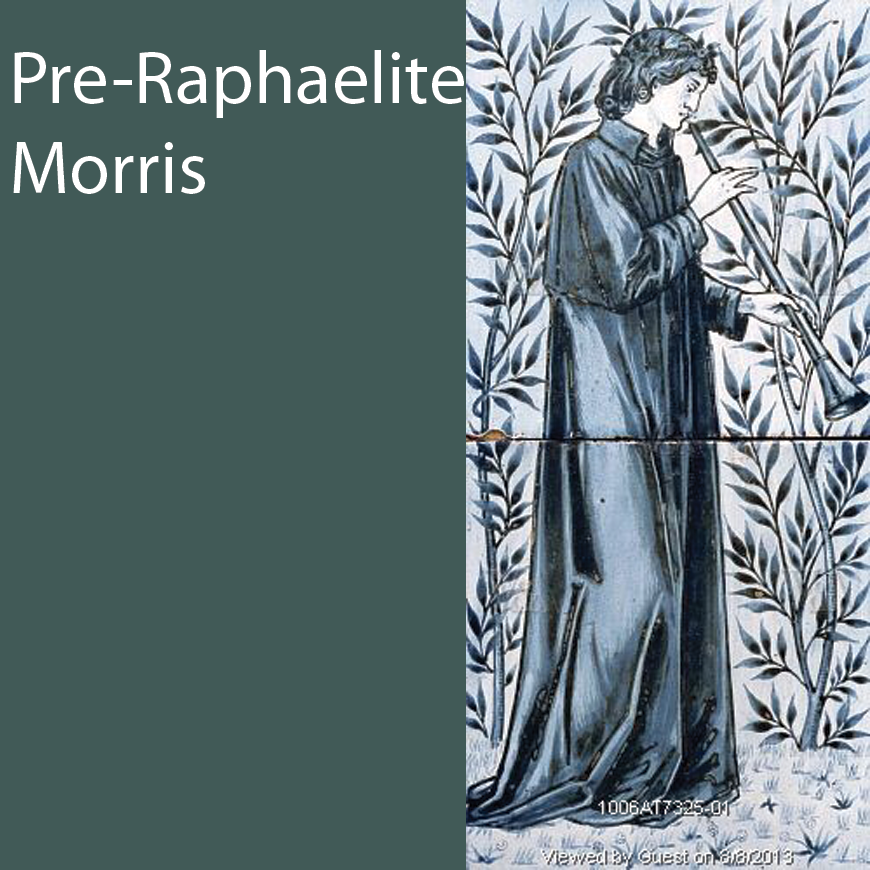
- They believed the function of an object should dictate its form (a philosophy that would rise later as Bauhaus)
- Art Nouveau had its roots in Britain with William Morris’ floral designs of the “Arts & Crafts” movement
- It was further influenced by “Pre-Raphaelite” painters Dante, Rossetti, & Edward Burne-Jones
- Graphic artists of the 1880’s such as Selwyn Image, Heywood Sumner, & especially Aubrey Beardsley were at the core of Art Nouveau
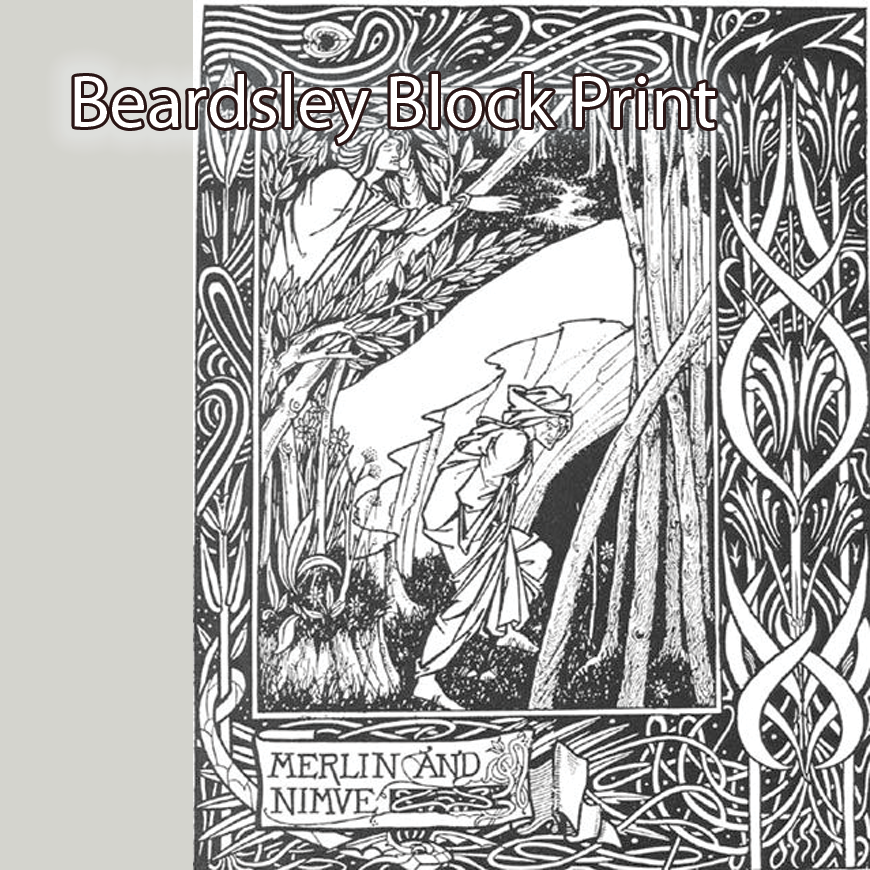
- Beardsley’s Japanese woodcuts which were called “grotesque, decadent, & erotic” can be directly linked to the forms & shapes used in Art Nouveau
- Hiroshige’s Japanese woodblocks influenced Beardsley & others in the creation of the flat 2-dimensional visual effect that would transfer into the 2D “flat” imagery of Art Nouveau
WORLDWIDE NOTORIETY
- The 1900 Paris Exposition was the high point for the style
- At the Exposition, 50 million visitors from around the world saw showcased architecture, design, glass, furniture, & decorative objects of the style
- French designers were the focus at the Exposition. The French made special buildings with stained glass ceilings & cupolas
- After the Exposition, France remained the center of the movement, although Art Nouveau was regionalized & different in each country it was practised
- French residences in 1900 became covered flamboyantly with ceramic & sculptural decoration
- French commercial buildings had high roofed courtyards covered in grasslike glass designs by designers such as Lavirotte
- In England, the Liberty Department store of “Aesthetic” fame of the last 2 eras played a key role in producing colorful stylized floral Art Nouveau textiles
- The Art Nouveau jewelry of Archibald Knox who worked with Liberty was noteworthy of the period
- Art Nouveau was prominently featured & marketing by major urban department stores in Paris, Berlin, & Nancy
- It was aggressively marketed by the most famous design outlets of the time included Siegfried Bing’s “L’Art Nouveau” shop in Paris
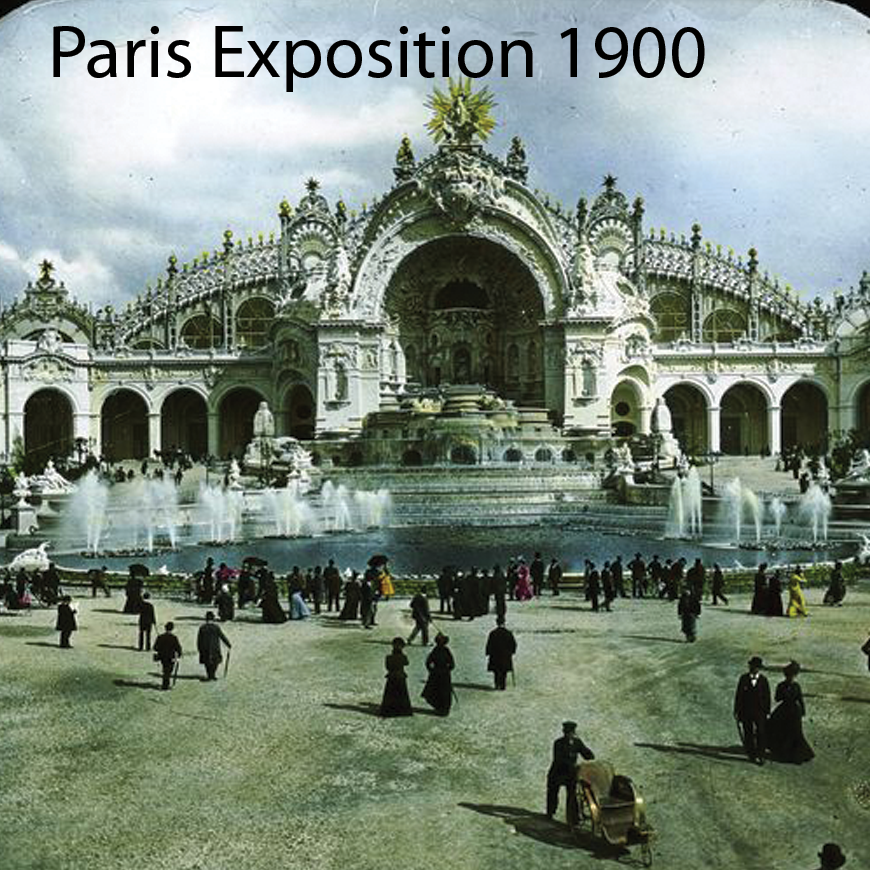
- In the US, Louis Tiffany worked with bronze & glass in furnishings & lighting fixtures
- Tiffany had many European clients who bought his bowls & other glassworks
- A new technology in glass work allowed Tiffany to have exceptionally deep & rich colors; exemplifying the philosophy of the movement
- Tiffany’s work exemplified the style which “used the energies of the new to meet quality craftsmanship of the old”
- Tiffany of all the artists most closely achieved the Art’s goal to be able to produce for mass consumption
- The art form used exposed iron & irregular glass in manufacture
- Louis Sullivan, who built the first US skyscrapers, exhibited Art Nouveau at the 1893 Columbian Exposition in Chicago in his architectural feature the “White City” which was the entrance to the Transportation Building
- Tiffany was at the Exposition too. His “Tiffany Chapel” at the Pavilion of Art & Industry to this day is renowned for its glass & metalwork
- New technologies in the print industry allowed rich & deep colors to be printed
- Art Nouveau was promoted worldwide through the intensely colorful magazines
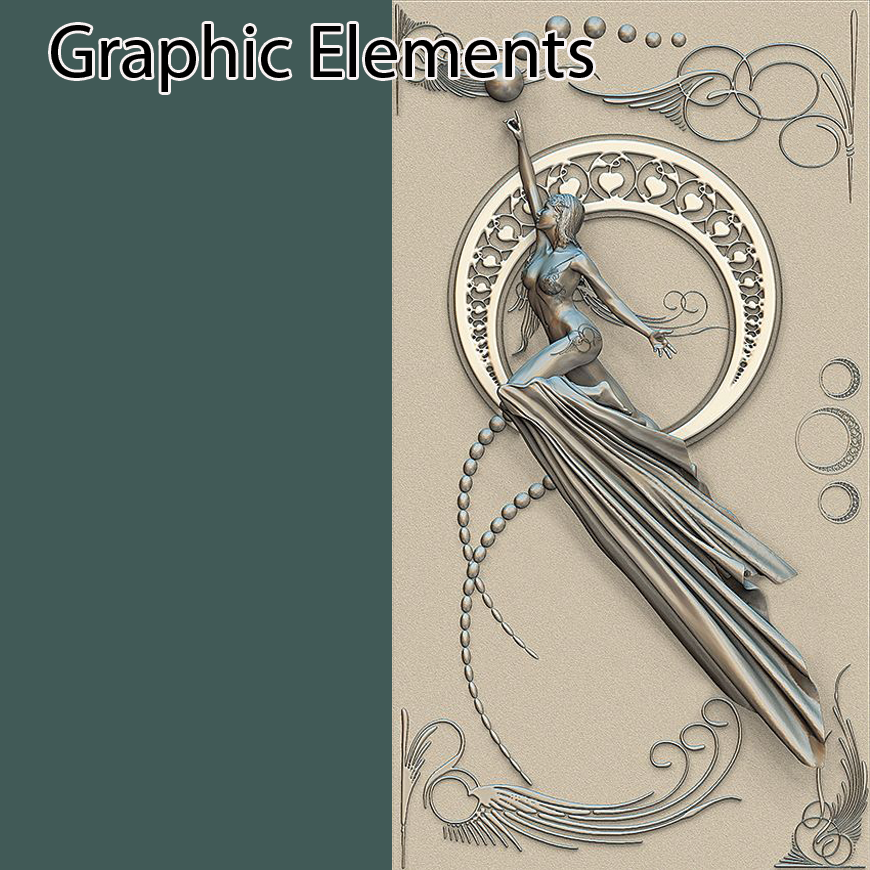
THE PHILOSOPHY
- There is no single definition of the meaning of Art Nouveau
- It was a philosophy which wanted to apply artistic designs to everyday objects in order to make beautiful things available to everyone
- To the artists, there was no separation in principle between fine art & applied or decorative arts
- The style was a reaction to a world of art dominated by precise geometry of Neoclassical forms. It sought a new graphic design that was as far from historical models as possible
- It came from rejection of or resistance to “cluttered compositions” such as Morris of the Pre-Raphaelites via the “Arts & Crafts” Movement had expounded upon
- The Art Nouveau style included a variety of stylistic interpretations
- Some artists used new low cost materials & mass production techniques, while others used expensive materials & valued high handmade craftsmanship
- It was in 1895 the form began with designers favoring natural forms & symmetry over the assymetry of the past
- It really got going in 1896, & had its peak through early 1900
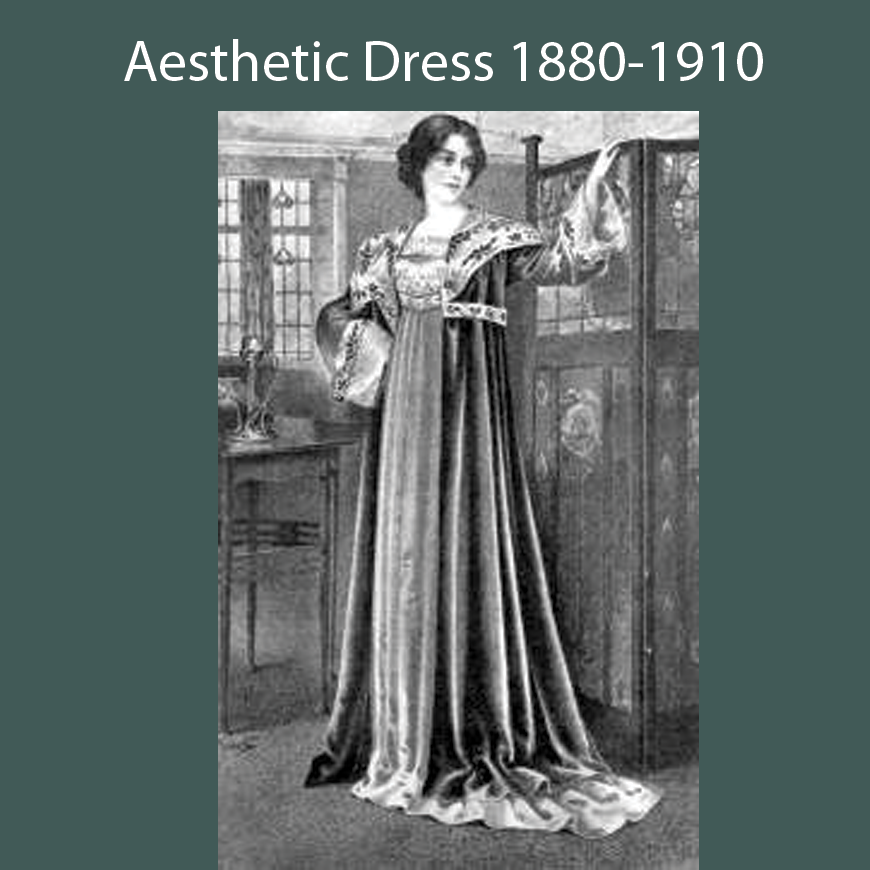
- Art Nouveau respected & looked for that place where urbanization & lingering nostalgia met
- Metaphysical thought of its leaders implied there was a new energy that respected & valued the old
- The French philosophy for Art Nouveau was: “for each function its material; for each material its form and its ornament”
- It was a reaction to “academic art”
- It was an affirmation of the Pre-Raphaelites & the Symbolists
- Unlike the Pre-Raphaelites, however, it embraced modern methods, technologies, & images for implementation
- Unlike the Arts & Crafts movement, Art Nouveau used machines very strongly, especially for the metal & glass working
- Arts & Crafts built everything by hand with top quality materials & methods & achieved top quality with machines
- It was unlike Symbolists in that it had a distinct appearance that could be recognized every time
- Though the appearance was distinctive, Art Nouveau methods to achieve it changed & progressed as new technologies & materials were innovated
- Although many of its practitioners adhered to the “form follows function” concept, many designers were quite lavish in the use of decoration, & the style was criticized for being overly elaborate
- As the style matured, it started to revert to the very habits it scorned such as the complexity & large amount of academic thought put into composition
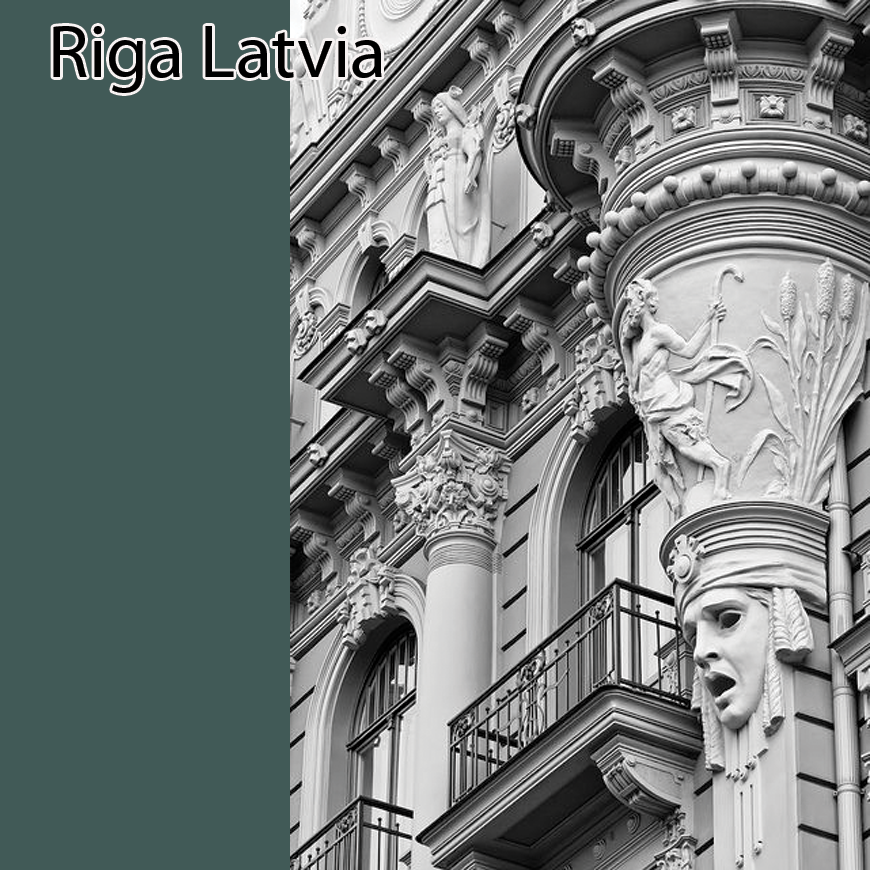
- Opponents of Art Nouveau charged that instead of renewing design, it just swapped old for a superficial new
- Even using mass production, the intensive craftsmanship involved in the very complex designs kept it from being truly accessible to the masses as was its goal
- Art Nouveau’s association with exhibitions was considered part of its undoing, because many of the buildings were temporary structures. Though supposedly designed to educate & create international peace & understanding, the displays promoted destructive rivalry & competition
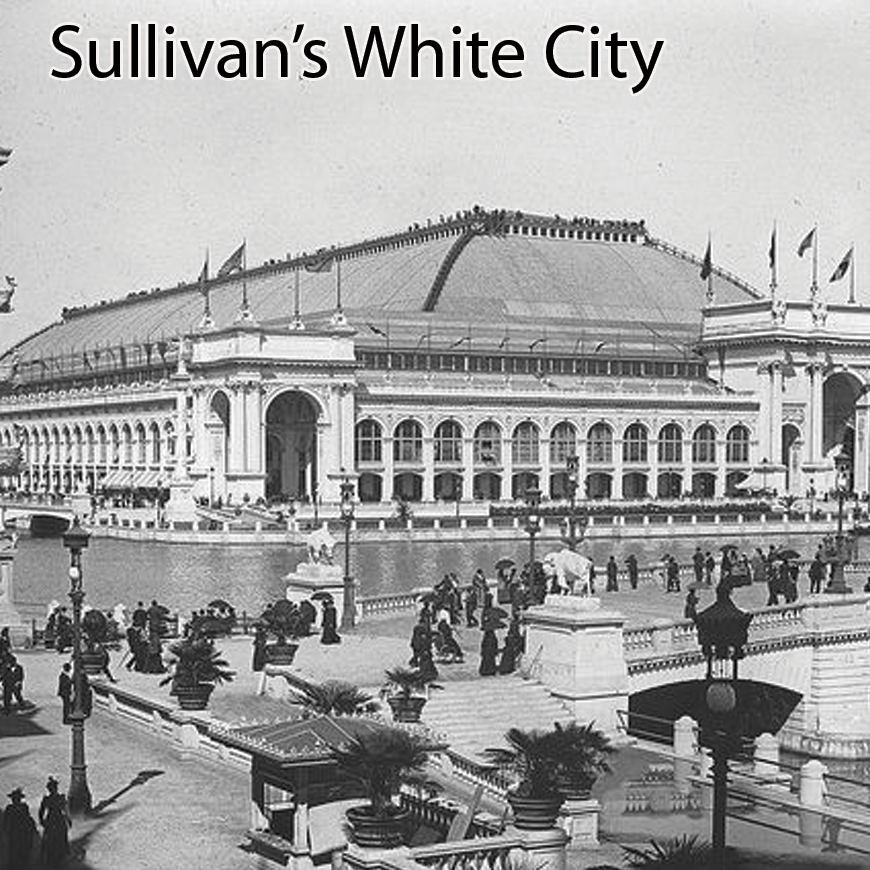
- Since there was no unified singular concept, each region fought for superiority until no “style” remained that could be identified
- When modernism brought in the streamlined, rectilinear & cheaper methods & materials in 1910, Art Nouveau died quickly because the new “Art Deco” was considered more faithful to the plainer “industrial aesthetic” & “pure form” that Art Nouveau was supposedly striving for
- Art Deco, with its neatly cut & geometrically pieced items, was easy to build, & was considered “more pure” despite its completely industrialized manufacture
- The world had come full circle to accept industrialization as art in 1910, & Art Nouveau became an old fashioned trend

—— FASHION TRENDS ——
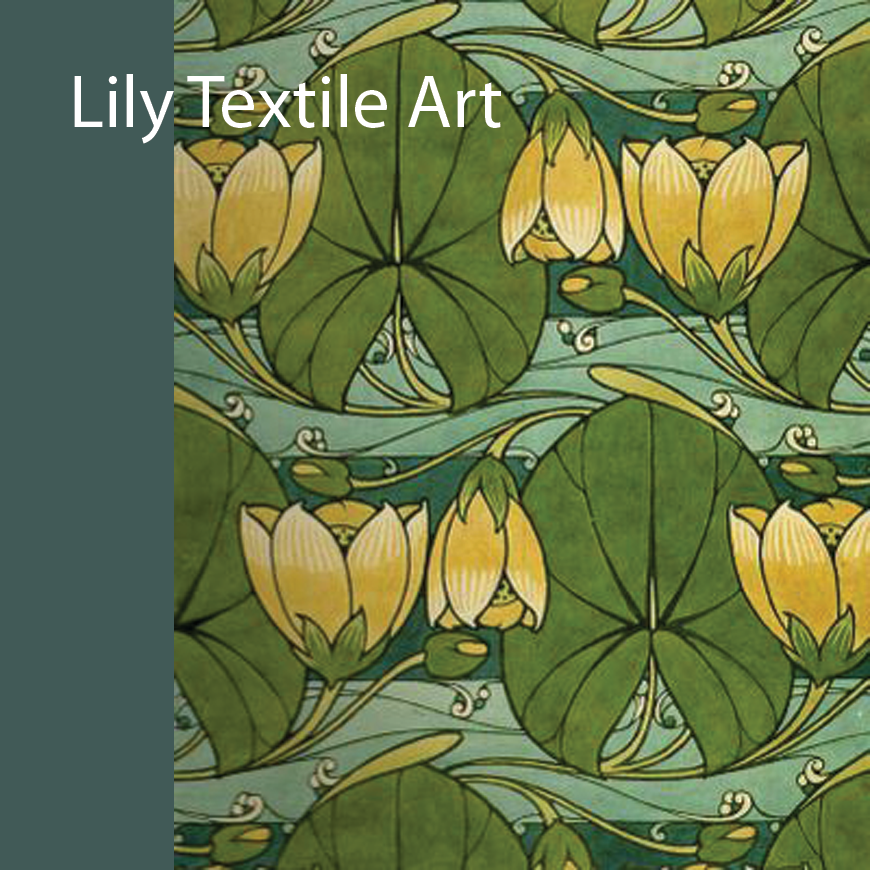
FORM & CHARACTER
- The common visually recognizable characteristic of Art Nouveau was what “PAN” magazine of the time wrote in describing a graphic drawn by key Art Nouveau artist Obrist: “sudden violent curves generated by the crack of a whip”
- “Whiplash” became the term applied to the curves used, & for the style overall
- All Art Nouveau products had some type of dynamic, undulating, & flowing lines in a syncopated rhythm with asymmetrical shapes added
- Coming from the influence of wood blocks, they had flat perspective & strong colors
- Each emphasized organic forms from the natural world
- Artists drew inspiration from both organic & geometric forms
- They evolved elegant designs that united flowing, natural forms that resembled the stems & blossoms of plants
- Emphasis on the linear contours (outlines) of the forms took precedence over the color
- Color was usually muted greens, browns, yellows, & blues
- In architecture all this translated into hyperbolas & parabolas in windows, doors, & arches, with decorative “mouldings” which “grew” into the building from plant derived forms
- Many of the elements of the Rococco style such as flames & seashells were selected & modernized into abstract versions
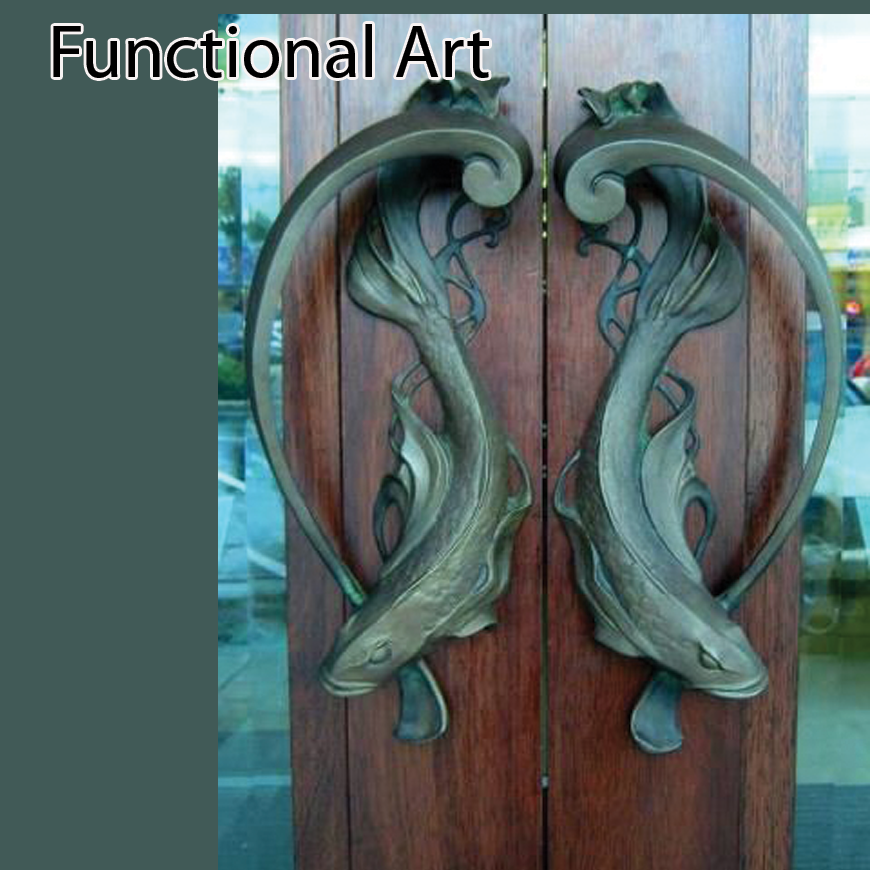
- Very favorites were extremely stylized organic seaweeds, grasses, & insects
- Art Nouveau had localized tendencies; e.g. some countries emphasized delicate & intricate florals while others used the long lines of grasses with simple bold colors
- Denmark was closer to the “Arts & Crafts” movement with its floral & organic forms
- The Netherlands used batik in a “Folk Artsy” way
- Holland produced mostly tapestries, carpets, & embroideries in this era
- France’s Art Nouveau was known for designers like Grassat who in 1896 defined the Parisean style as “La Plante et ses applications ornamentales”(“The plants & their ornamental applications”) implying the purpose was to find as many uses in design for different flowers & plants as possible in an “Art Nouveau” design
- One of the most noted designers was Obrist of Germany who used the “whiplash” concept liberally in the focus on the cyclamen flower & many flower stems
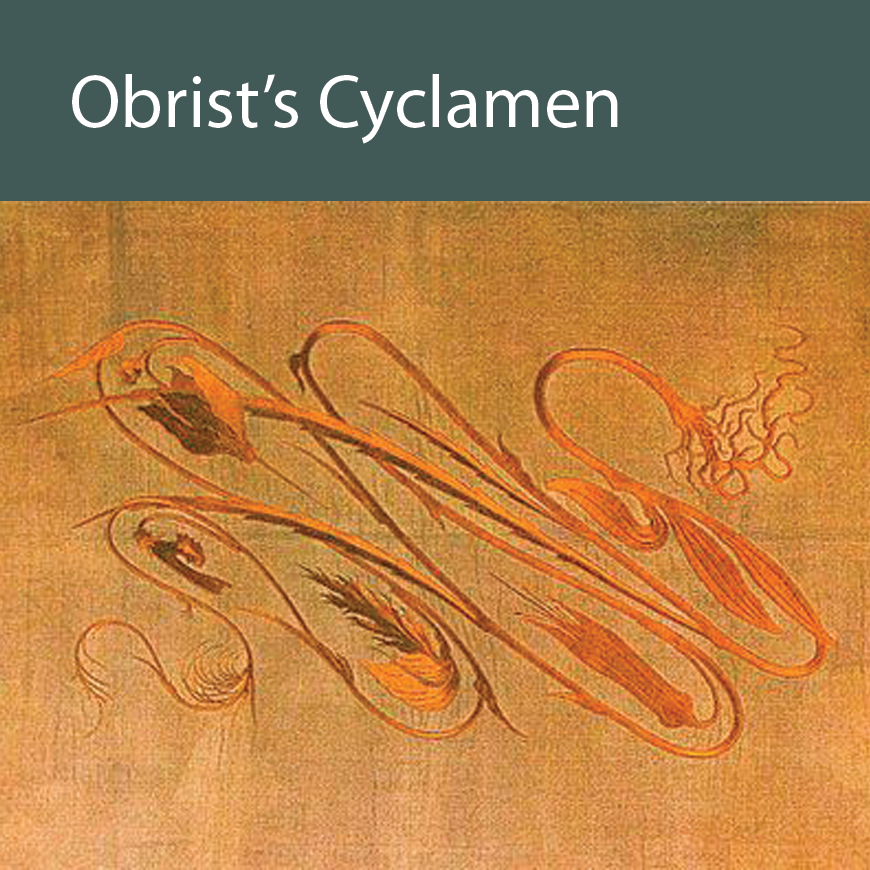
- The Obrist flower stems would become the motif for the style in general, & was incorporated with all regional variations to some extent
- England became known through designers such as the Silver Studio for colorful stylized floral patterns, & designs such as those coming out of the Glascow Design School’s stylized eggs & roses which were known as the “Roses of Glascow”
- England dominated the textile, wallpaper, & fabric parts of the movement
- In jewely, Rene Lalique, Tiffany, & Wolfers produced everything from earrings to necklaces to bracelets to brooches. These would be what the era was represented by in the future
- Art Nouveau would be seen in history as an extreme luxury for the “Fin de Siecle”, & not the “art for the masses” its founders had hoped it would be
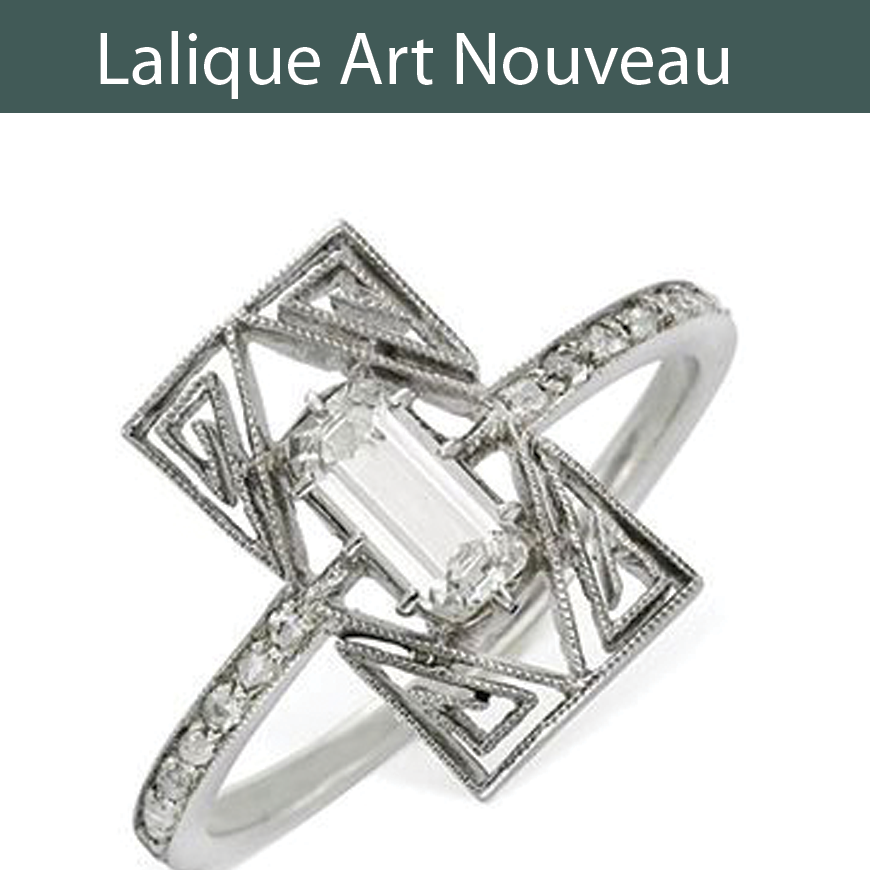
ART NOUVEAU APPLIES TO FASHION
ORGANIC & VEGETATIVE
- Art Nouveau’s objective in fashion was to provide the very best manufactured & comfortable “reform type” garments of highest quality based on natural design forms
- Art nouveau was consistent with high fashion trends in that they were designed for specific events & activities
- In functional artwork, Art Nouveau had smooth machined surfaces & abstraction serving the purpose of “pure design”
- This same 2-dimensional, smooth, & “pure” appearance was strived for in textiles & garments
- The style & philosophy meant more than a single type of look or mood, although there was an overriding sense of tall grasses blowing in the wind, swirling lines of stormy water, & intricate vegetation
- All variations came from organic nature of some sort in attempt to understand “life’s order” that was considered to have been lost in urban industrial distress
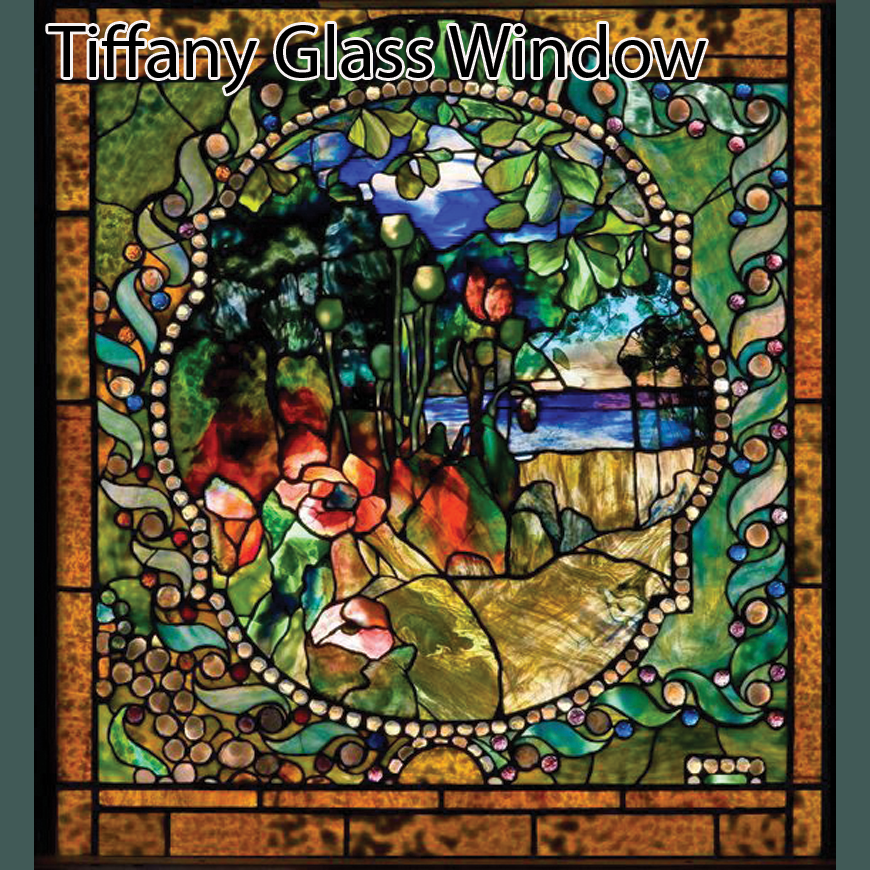
PART OF THE WHOLE
- Discussion of specific fashions for Art Nouveau is best done through example of the predominant designers of the time
- Interestingly, history records many of “La Belle Epoque” designers as also belonging to the Art Nouveau movement
- One can assume, because all of the Couture houses commonly listed were in business from the 1870’s to the 1920’s, that they evolved through Edwardian, La Belle Epoque, AND Art Nouveau trends to some extent simultaneously
- Even Charles Worth, who’s fashion house opened in 1855 with all its innovations, evolved under his son into completely different type of “haute couture” from his elongated sinuous “S” designs of the late 1890’s to include lines & ornament consistent with the organic & natural forms of Art Nouveau
- Jean-Paul (the son) Worth’s fashions evolved into straight lines that mixed with the straight princess high-waisted design of the “Belle Epoque” Poiret introduction, & then seems to have melded into one style over all the designers & trends in about 1914
- To some extent, all the designers evolved similarly, starting with structured corsetry & long lines with fabulous fabrics & extraordinary tailoring & construction, into simpler straighter lines with complex ornamentation. They seem to have all come out with the straight line, lightly ornamented lighter gowns with brassiere instead of corset which is where the Art Nouveau style fits in visually
- All of this seems to have followed the progress & emancipation of women
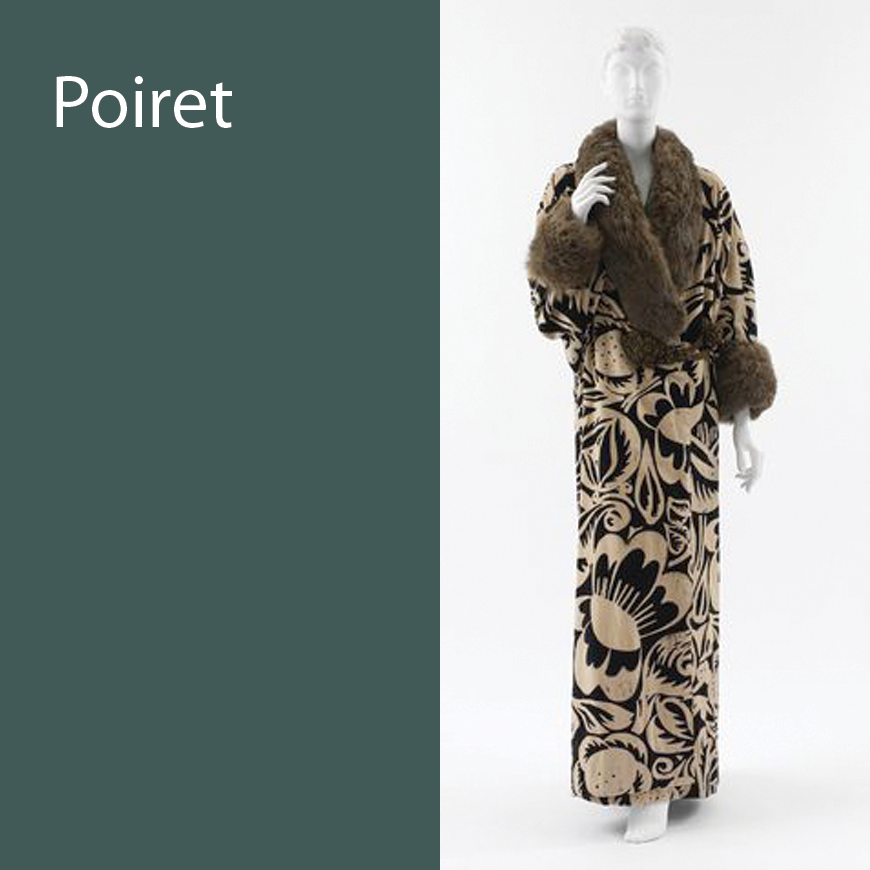
PAUL POIRET
- Paul Poiret, a key influence in Art Nouveau believed “less is more”. He moved in artistic circles & employed Parisian painters. He felt those in the fine arts were “in the same trade & that they are my colleagues.”
- Poiret worked with Doucet & Worth couture houses, both famous in this era too
- Poiret was influenced, particularly in the love of bright color, by painter friends Picabia, Vlaminck, Derain, Picasso, & Matisse
- Poiret designed theater costumes which were the springboard for his couture designs. He held elaborate parties with dramas & decorations & required everyone to wear something elaborate that he had sold them
- He had a great interest in the Ballet Russes with their colorful designs which echoed Russian peasant art
- The Ballet inspired Poiret to incorporate the “oriental” motifs he saw
- He integrated the exoticism of painters like Picasso with the spontaneity of the oriental art
- Poiret was inspired by classicism, orientalism, symbolism, & primitivism
- He was inspired by Art Nouveau & the East
- His new couture house on Rue Pasquier focused on Neoclassical & Orientalist styles
- Poiret recognized that new printing processes would allow fashion illustrators a new marketing tool. The new methods were particularly good for broad abstract expanses of bright color & simple line
- He radically simplified his gowns to suit the new artistic medium, & drew them with bright color & simple line
- He introduced the hobble skirt, the brassiere, & led a reformation of fashion that freed the body from constricting forms
- Poiret’s dresses were simple, featured a classical-style high waist-line, tubular shape, & long skirt
- Colors were plain & bold
- Fabrics often had very small designs which were very popular at the time
- He is considered the creator of “bohemian chic”, liberating fashion with a new tubular silhouette of untied dresses & chemises, unsewn, draped fabrics, & dramatic oriental-inspired colors
- “I freed the bust & shackled the legs”, said Poiret of his legacy
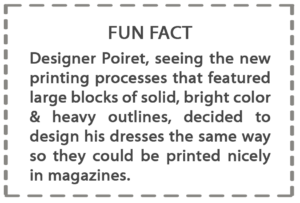
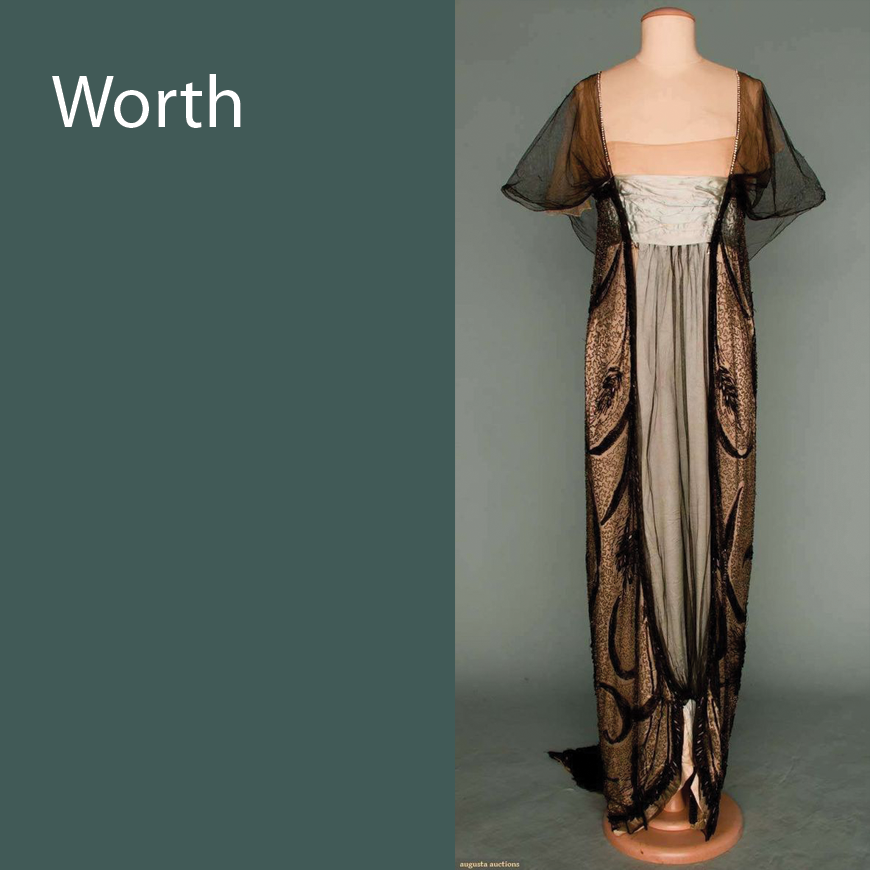
CHARLES WORTH
- Charles Worth had a long career which began with heavy corsetry & long sleek lines, & ended with his sons taking over the business to produce the new tubular dress that had much ornamentation
- During the bustle eras, Worth used muted colors inspired by classical & historical elements
- Through his career he used beautiful & luxurious fabrics which were trimmed with rich decoration such as fringe, lace, braid & pearl tassels
- Worth was known for accurate fit of a gown
- At the turn of the century, he introduced the shockingly short for its time ankle length walking skirt
- He also introduced, under the influence of Alexandra Princess of Wales, the princess gown; a waist-less dress that hung simple & straight in front, while draping full pleats in the back
- The full tunic dress was introduced in the 1920’s by his sons
- During the Art Nouveau movement, Worth created dramatic textiles & ornamentation including scrolls giving the illusion of ironwork
- Textiles at that time were woven “a la disposition”, which meant each piece of fabric would become a specific part integrated into the dress
- With this technique, the new concept was introduced that fabric is intrinsic to the design of the dress
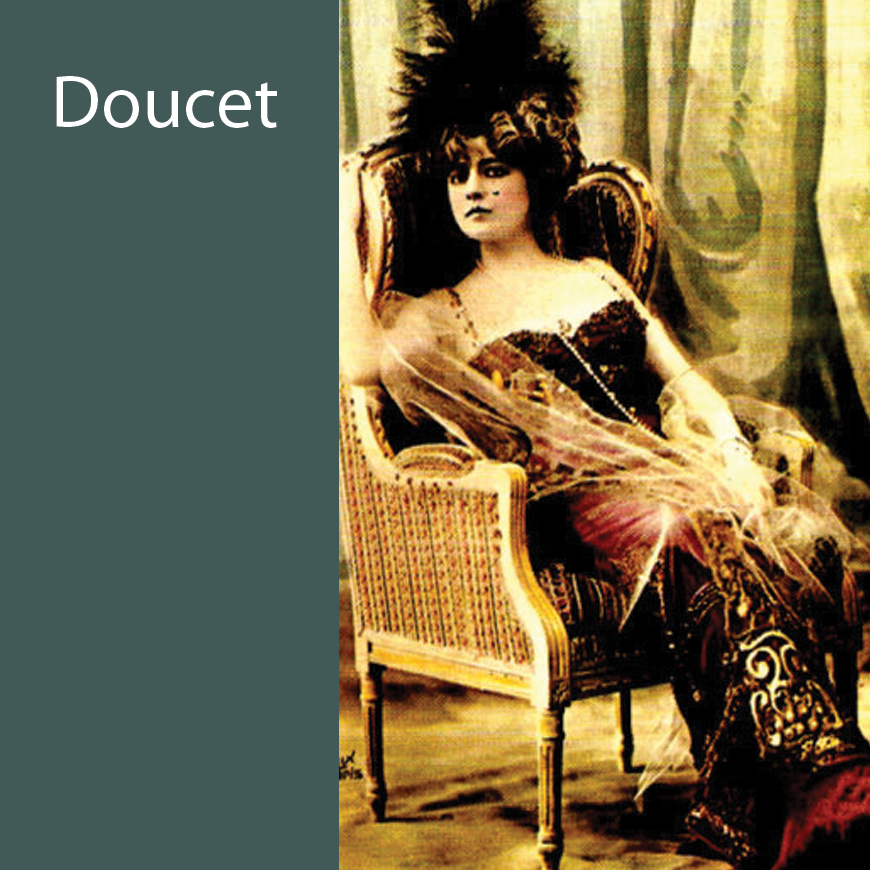
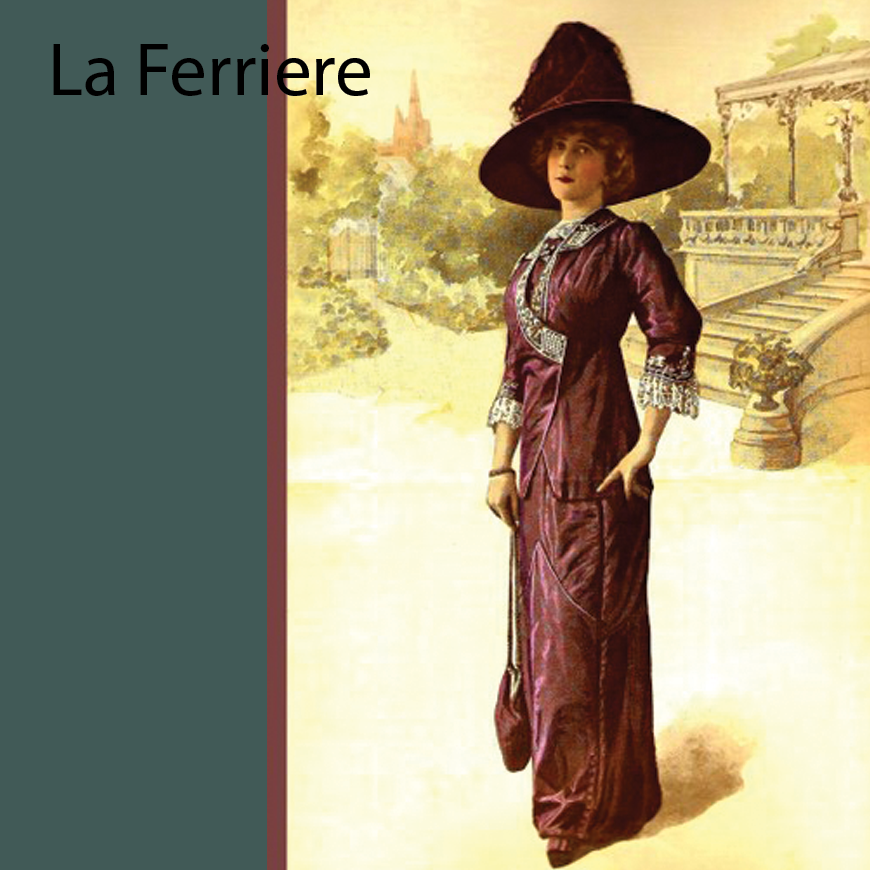
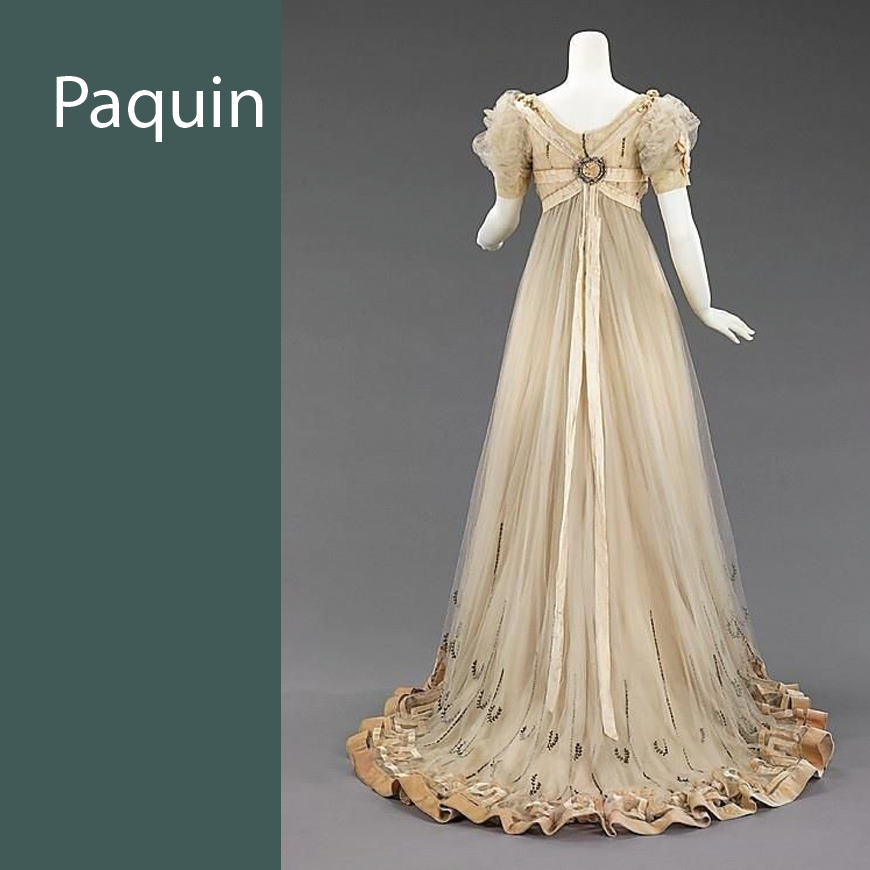
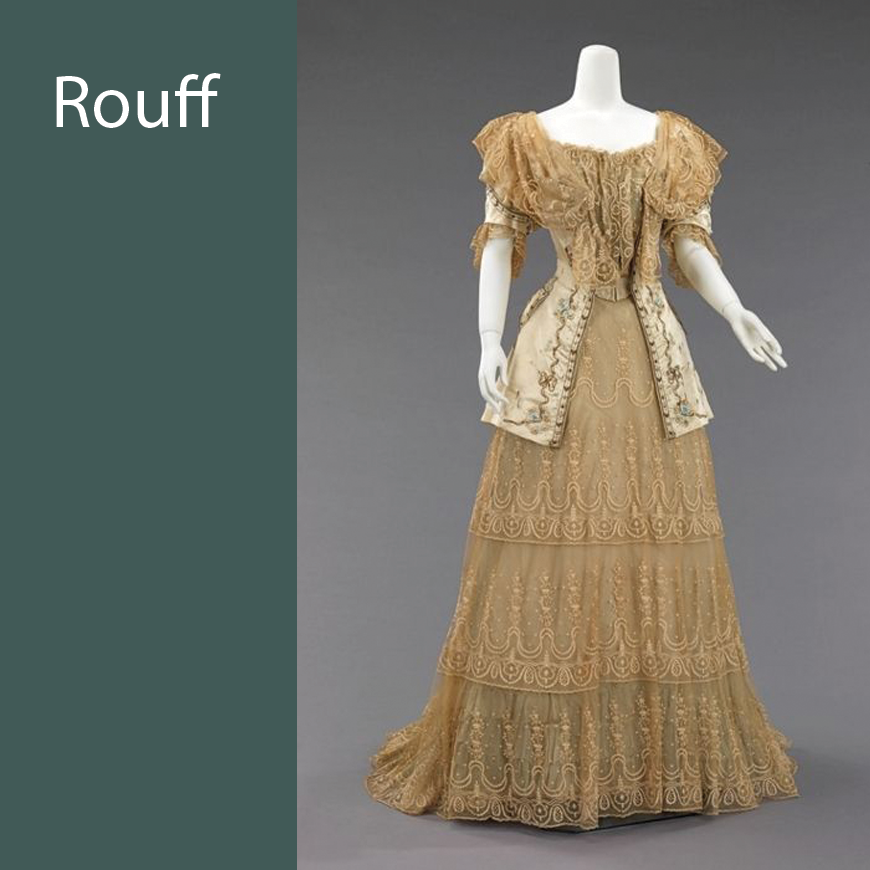
OTHER DESIGNERS
- Designers Doucet, Rouff, & Paquin (discussed in “La Belle Epoque” section) made key design contributions. Their “costumes” integrated the natural, organic forms of the movement in either overall silhouette & concept, or ornament
- The House of LaFerriere designed for royalty; notably Queen Maud of Norway
- Many actresses for the Paris Theatre were important LaFerriere clients. She lavished them with lace embroidered with beads, sequins, & diamante so they would shine on the stage
- LaFerriere gowns were long & draped with flowing trains. They always wore long evening wraps
- Gagelin is another notable designer of the era. His Art Nouveau designs won prizes at the Paris Exposition Universelle
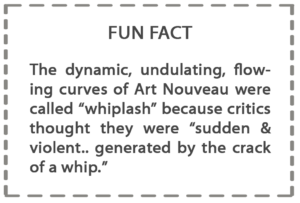

—— SPECIFIC FASHIONS ——
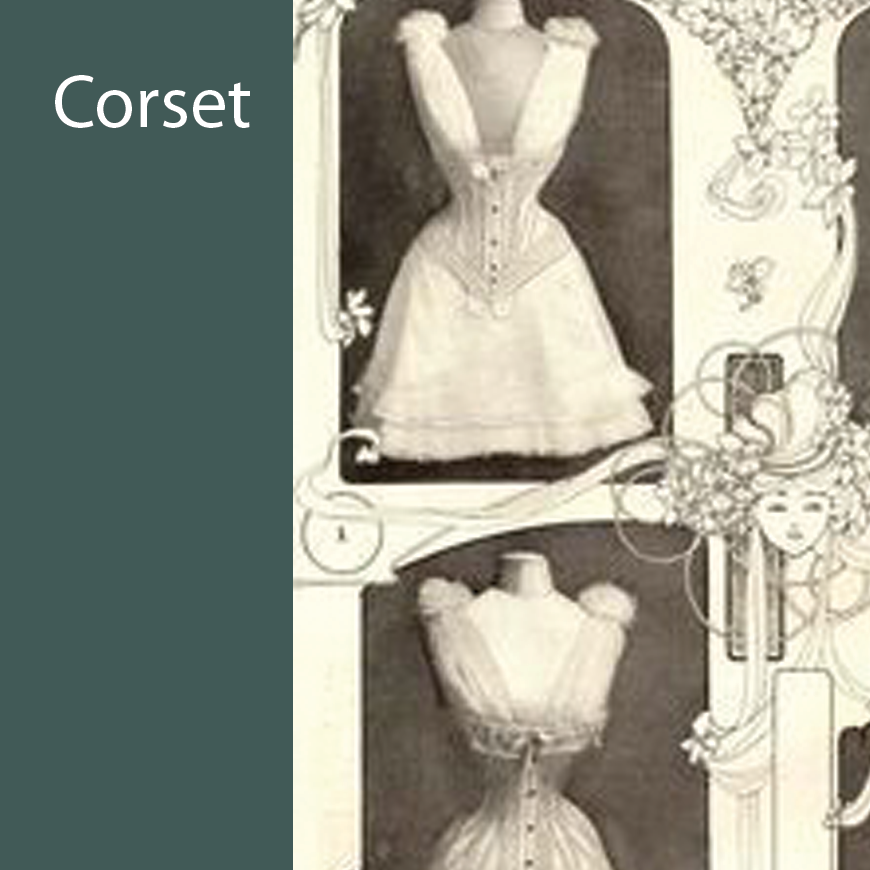
SIMPLE & COMFORTABLE WITH THE REFORMERS
- Art Nouveau was the cutting edge of style as marketed through fashion magazines “Les Modes” & “The Ladies Field”
- The era is distinct because it ended restrictions of corsetry & conforming design
- Crinolines & bustles were gone forever
- Comfort & practicality replaced vanity more & more as time went on
- 1906 copied the regency styles with the long straight lines & draping of 100 years prior
- All Art Nouveau costumes had dominant surface decorations
- Many had loose fitting & open waists with large sleeves
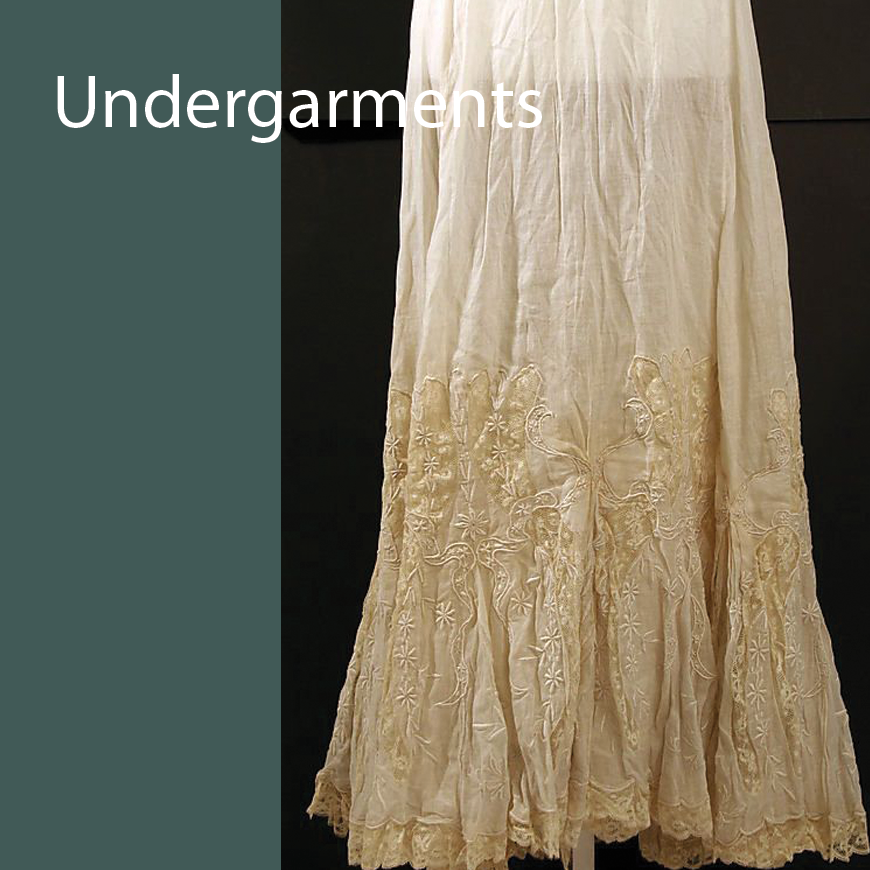
FLOWING LIKE THE EAST
- Open waists & large sleeves were the influence of Greek, Renaissance, & Byzantine fashions
- The influence of orientalism led to flowing lines & draping fabrics
- The long stylized flowers & flowing embroidered borders with trails of organic forms of Art Nouveau are all reflected in the clothes of many Edwardian Hostesses
- Their skirts belled out & flowed like blossoms opening
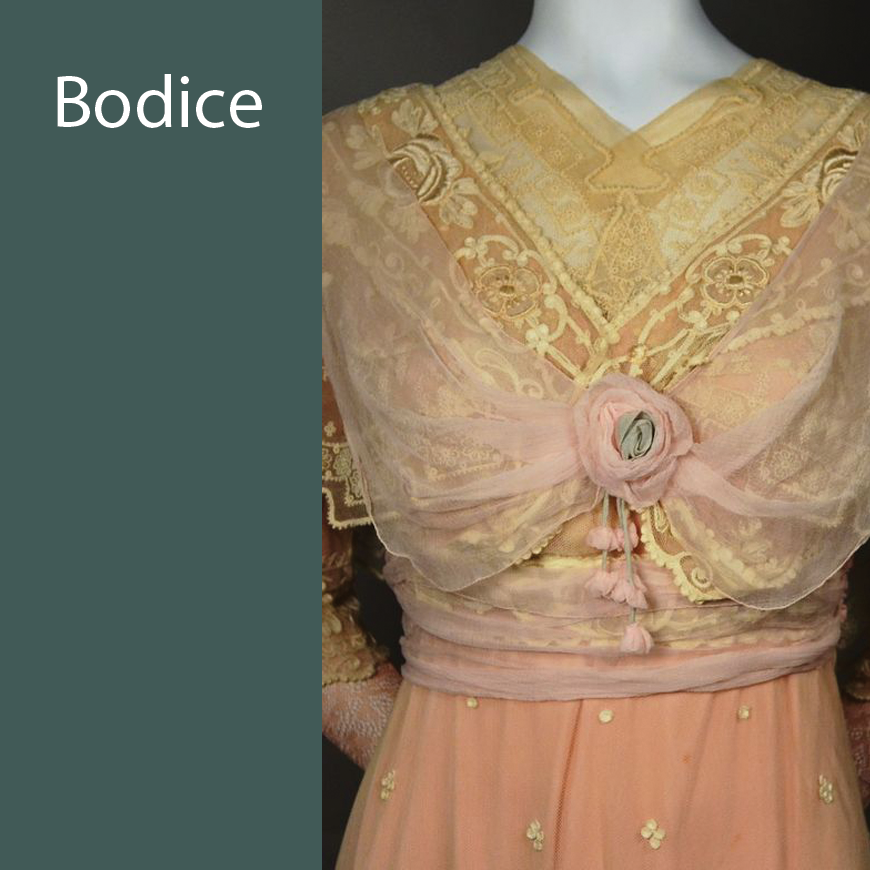
EMBELLISHED WITH NATURAL FORMS & COLORS
- Skirt embellishment of Edwardians captured the graceful Art Nouveau forms
- Undulating vegetal curves were everywhere
- The curves are how one recognizes Art Nouveau from “Belle Epoque” or “Edwardian” items of clothing from this era
- Being under the same “era umbrella”, all have otherwise similar overall lines, construction, fabric, & ornamentation. It is the curves & “whips” that make Art Nouveau distinctive
- Even tailored woolen walking gowns had appliques of the natural forms
- Fabrics had designs from stylized organic motifs of Art Nouveau to flat abstract designs of Vienna Secession movement
- Clothes were brilliant in color due to inspiration from all over the world, & especially China & Russia. Motifs from these & Asian countries were used
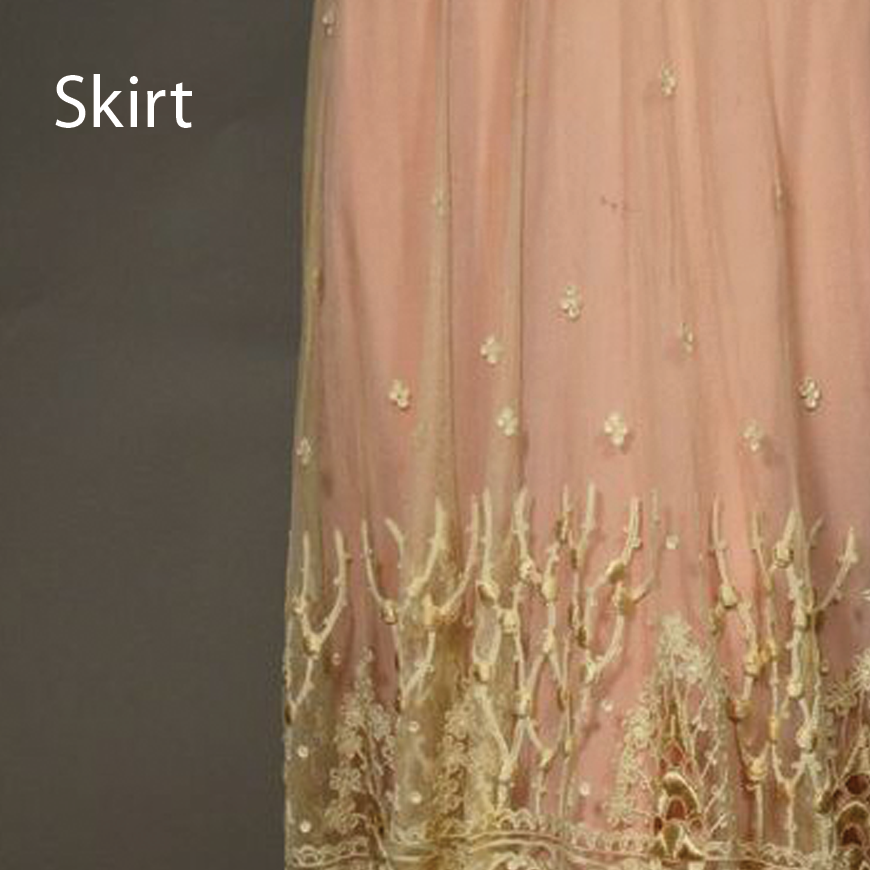
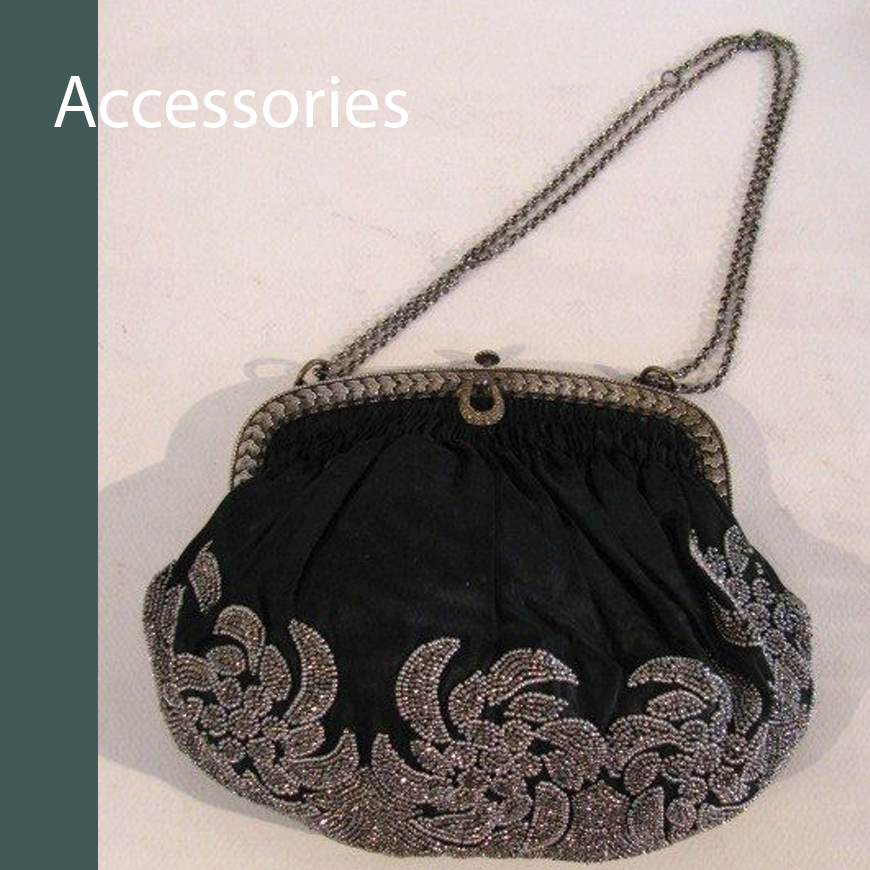
ARTISTIC SHAPES & DETAILS
- Tubular dress & rounded cloche hats turned women’s bodies into geometric shapes that echoes those found in modern paintings
- From the plain tubular shape, the chemise dress was highly decorated with beading & ornamentation. Underlying it would be a textile pattern based on Japanese, Egyptian, Persian, or Viennese design.
- By 1908, the “artistic” dress had became mainstream fashion
- As of 1910, the low “V” neck was used in every outfit; even in work & active wear. This scandalized everyone after so many years of covering up with high collars
- Hair was worn loose; being uncut was a symbol of virginity, but also a symbol of promiscuity, so all women gave up and just stuck it under a cap or hid their hair somehow
- Rayon was used for hosiery
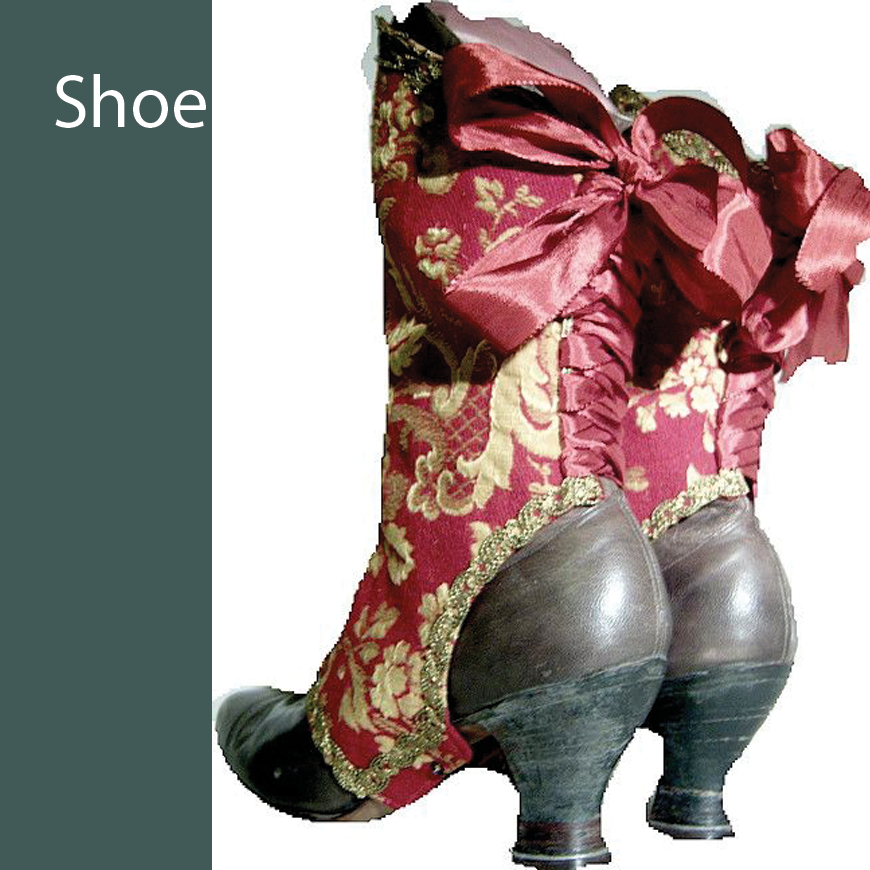
- There were unique evening costumes (note use of “costume” as Charles Worth defined it decades prior to mean the appropriate apparel for the situation, activity, or event). “Costume” now also meant as in “playing pretend” or for stage performance
- Evening costumes had silk brocade applique & embroidered lace
- Evening wear had neck to hem art, but often no swirls in the clothing as would have been found in the functional art applications of the form
- The fashion was “watered down” for lower classes, but it was still there
- Lower classes would just not have “the swirl”
- Jewelry design responded to Tiffany design
- Jewelry was largely influenced by the philosophical “Pre-Raphaelite” sensuous & flowing art* Consistent with “Aesthetic” & “Pre-Raphaelites” jewelry had Medieval or Renaissance themes with carefully tooled metal work, delicate filigree, & semi precious or precious stones
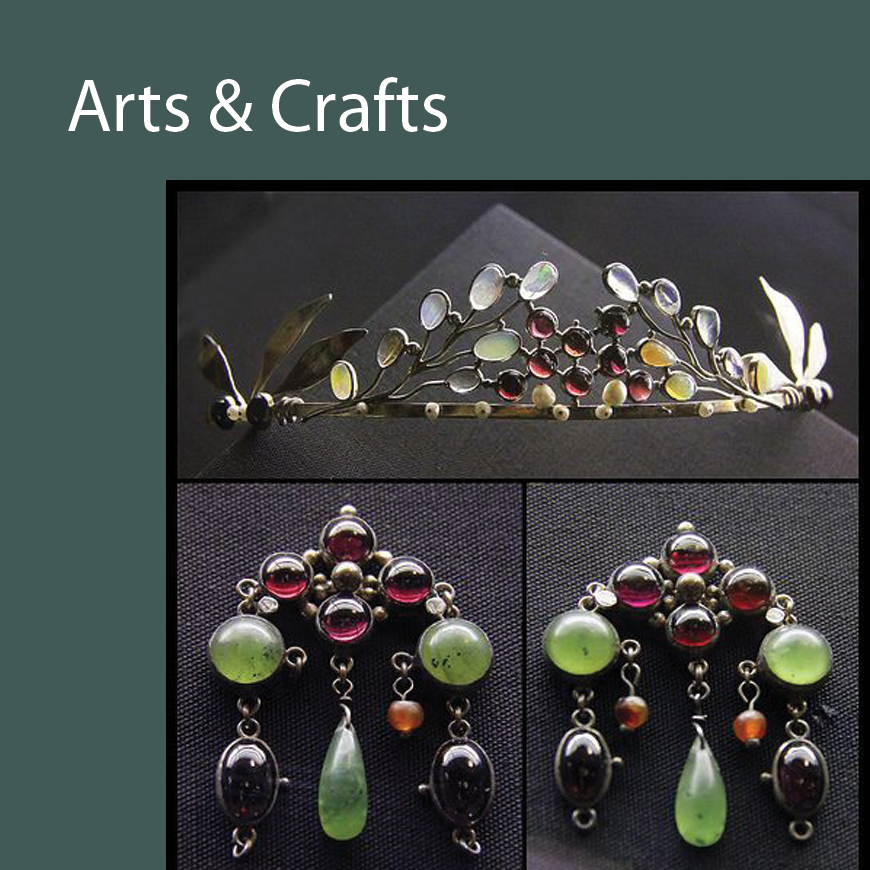
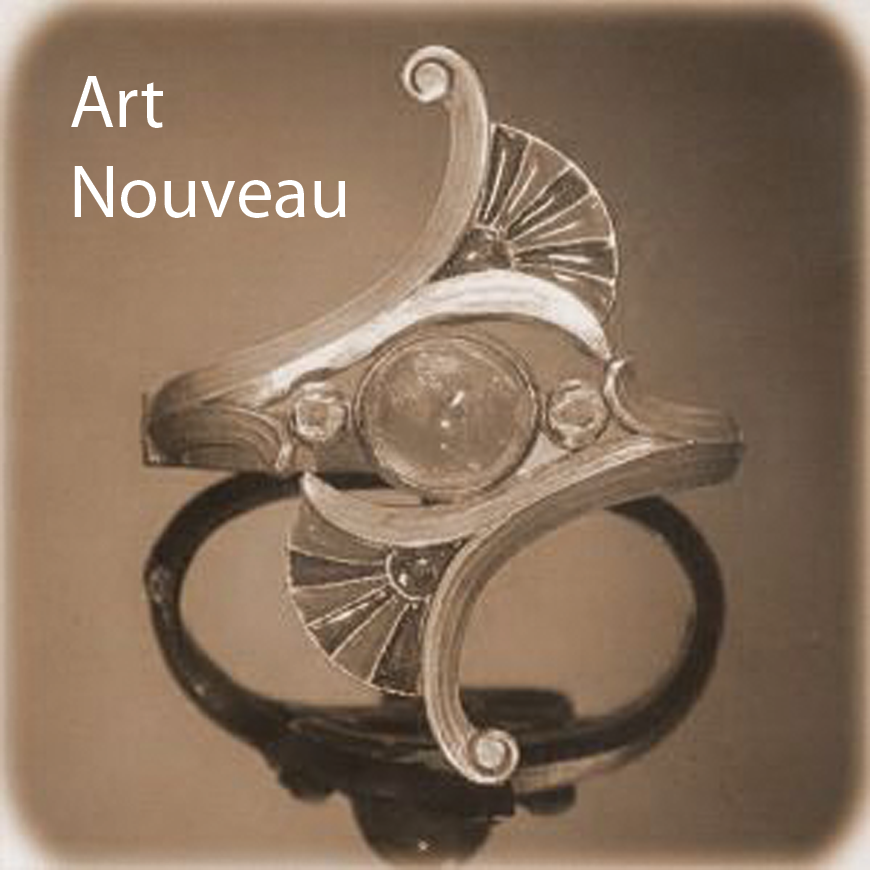
- There were romantic flowing pins, necklaces, & bracelets based on natural forms such as butterflies, fronds, & nudes
- Jewelry relied heavily on milky opals & moonstones


—— ACTUAL GARMENTS WORN IN ERA ——
AESTHETIC & REFORM
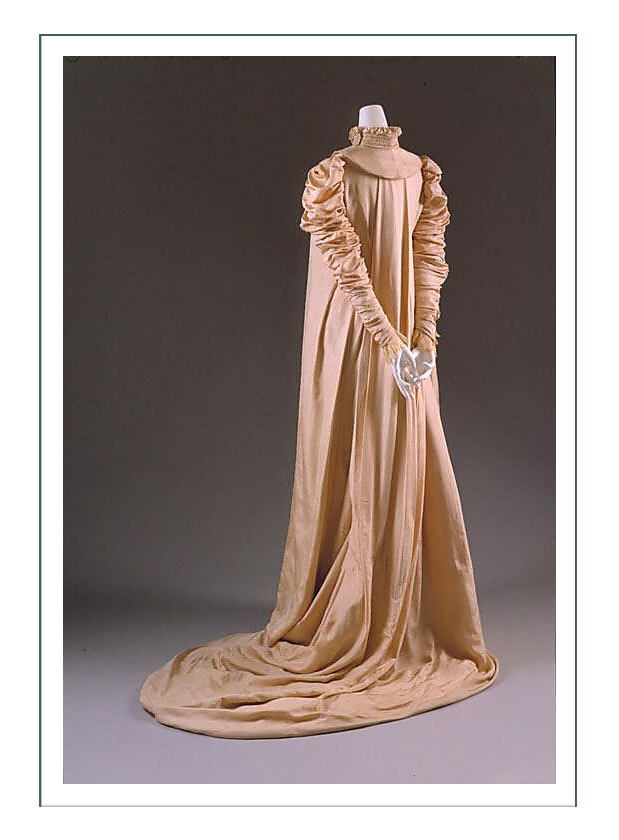
—— (above) “Aesthetic Coat by Liberty 1875” ——
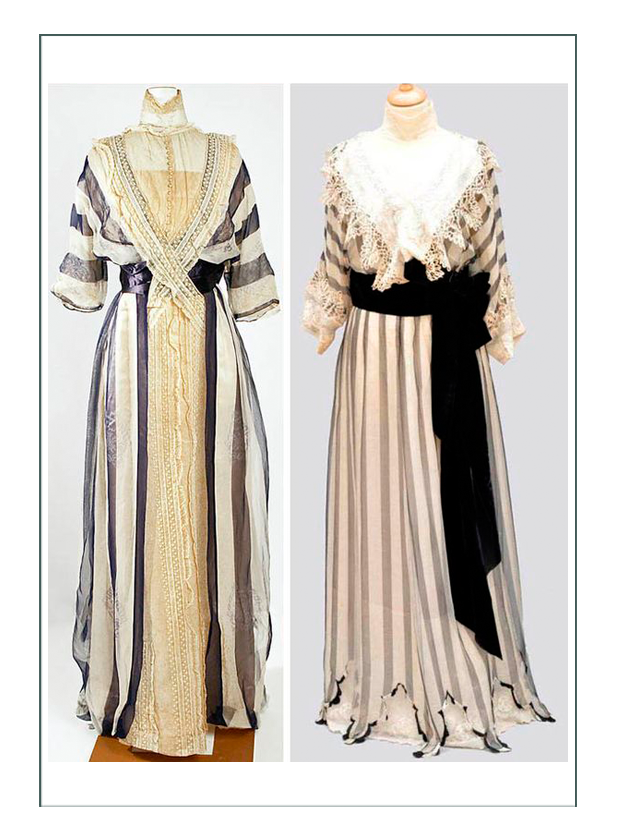
—— (above) “Reform Gowns of Mrs. Kent 1900” ——
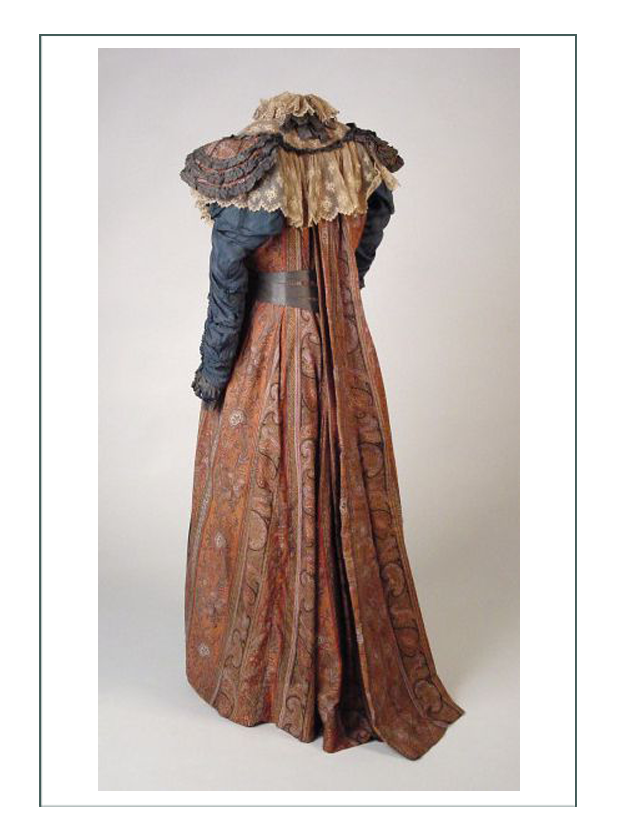
—— (above) “Aesthetic Dress, Liberty Fabrics 1900 est” ——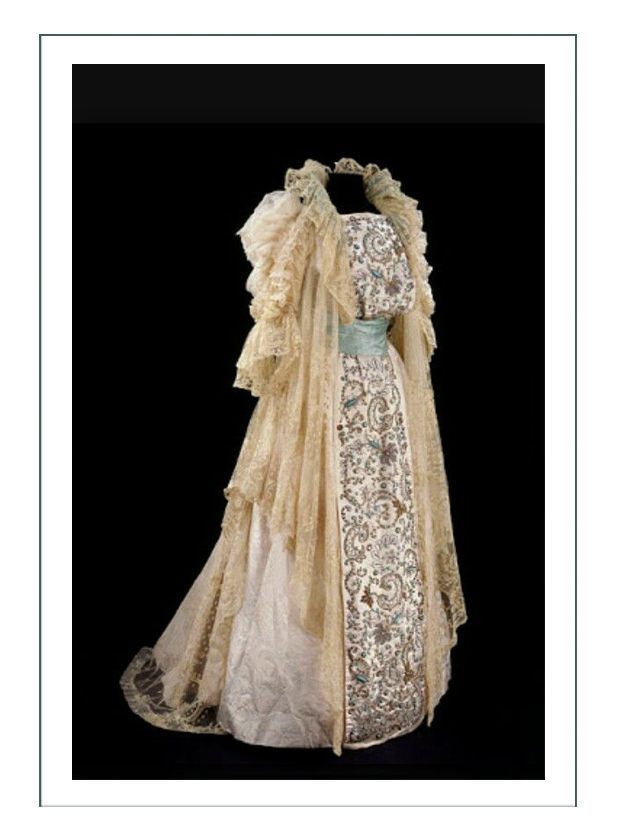 —— (above) “Aesthetic Dress 1902 est” ——
—— (above) “Aesthetic Dress 1902 est” ——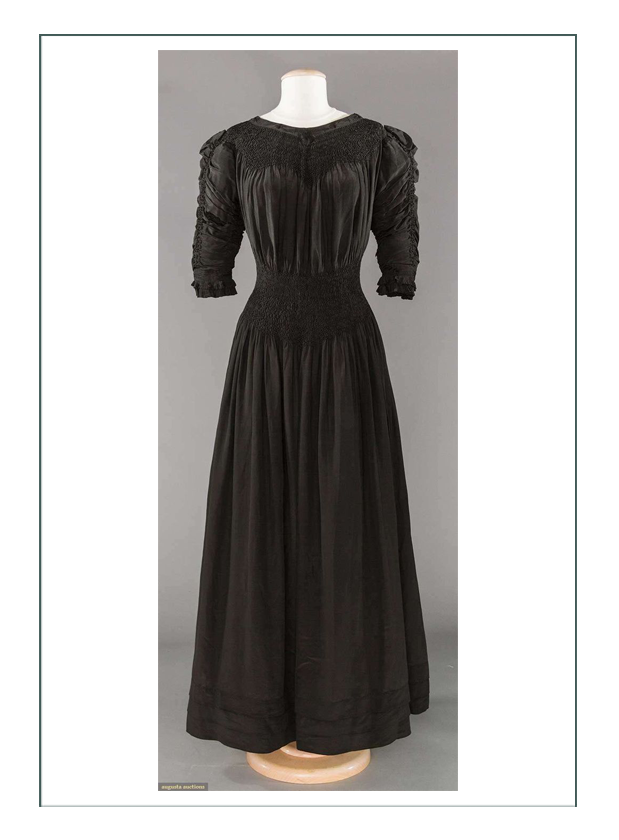 —— (above) “Aesthetic Dress, Liberty Black Lace 1902” ——
—— (above) “Aesthetic Dress, Liberty Black Lace 1902” ——
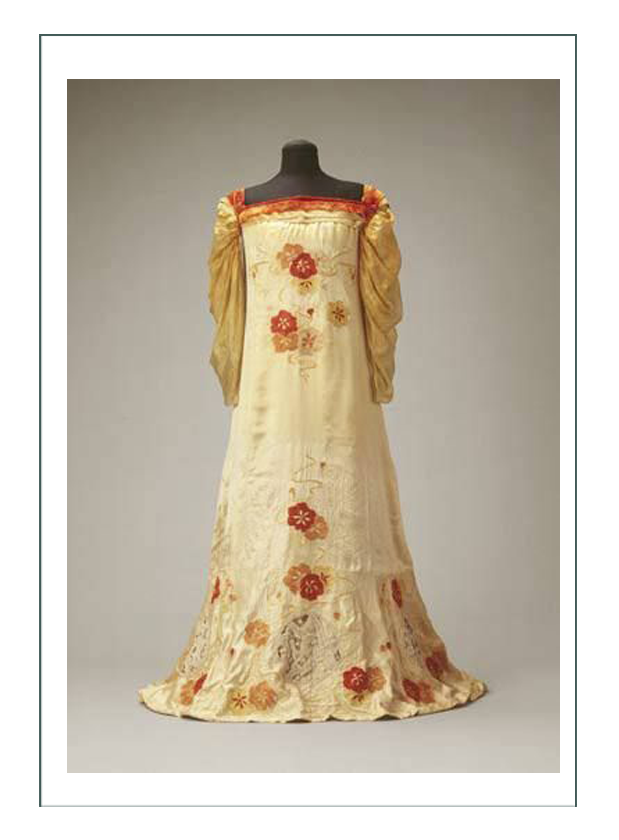
—— (above) “Aesthetic Gown 1902” ——
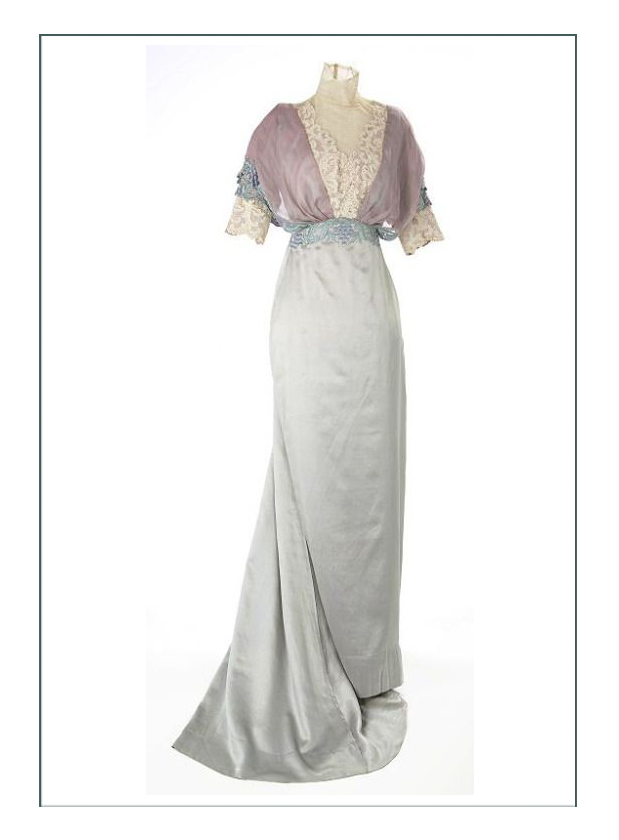 —— (above) “Aesthetic Gown by Liberty 1912” ——
—— (above) “Aesthetic Gown by Liberty 1912” ——
ARTISTIC & ARTS/CRAFTS
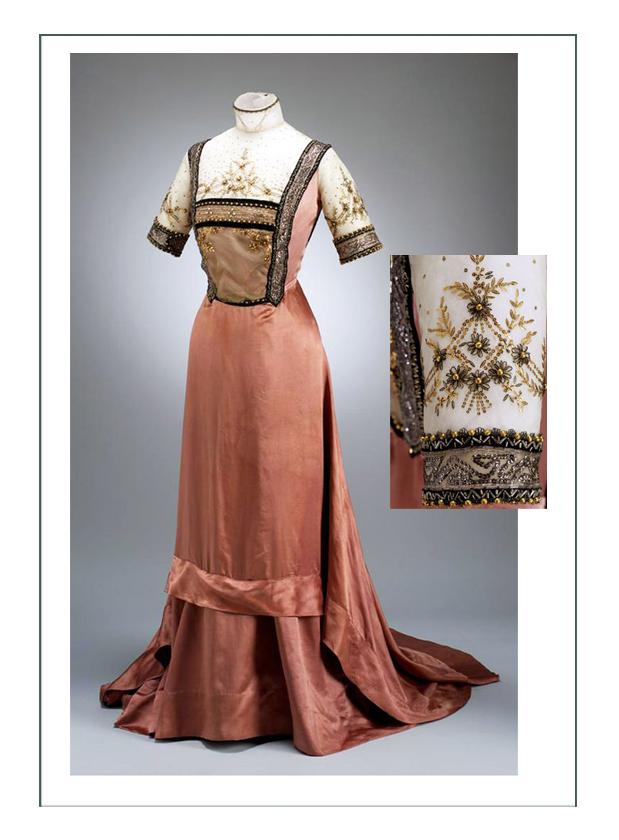
—— (above) “Artistic Dress 1902” ——
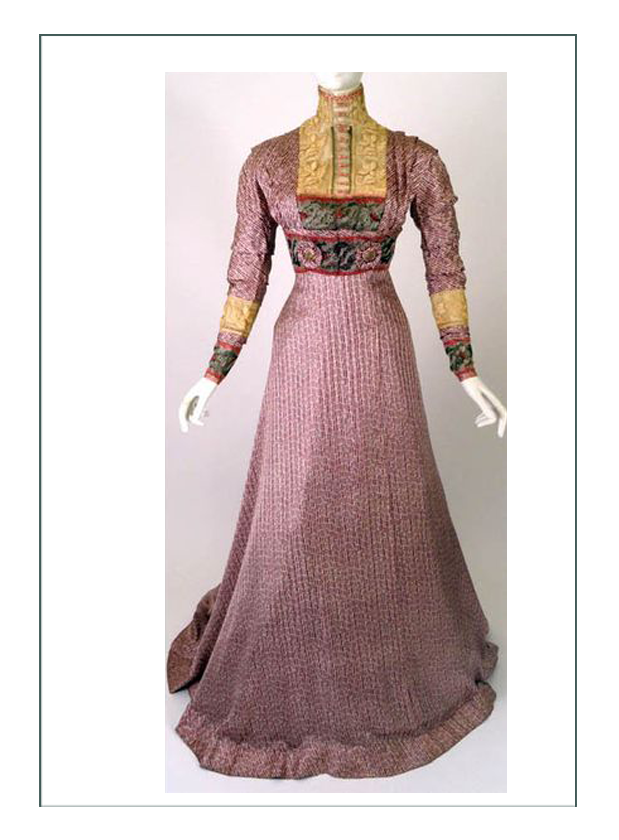
—— (above) “Arts & Crafts Gown 1902” ——
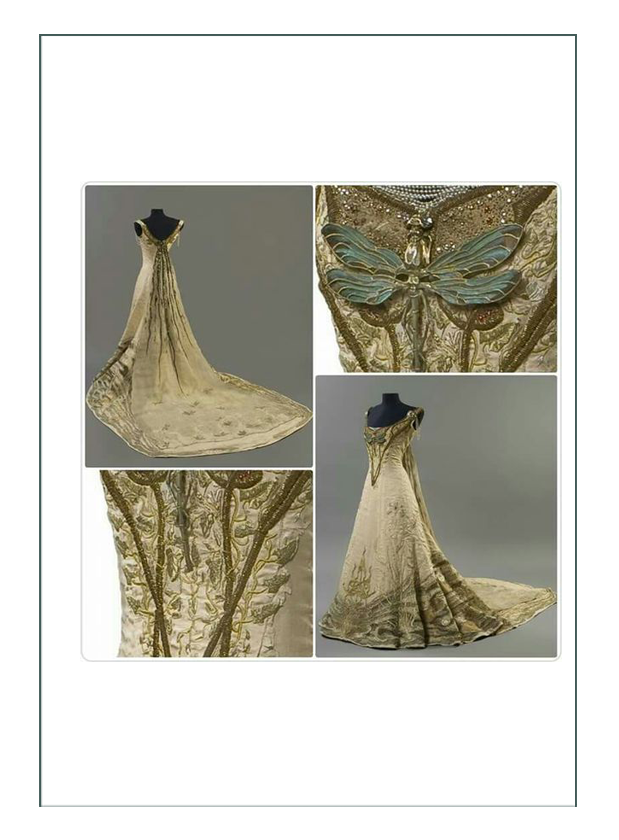
—— (above) “Arts & Crafts Gown 1904” ——
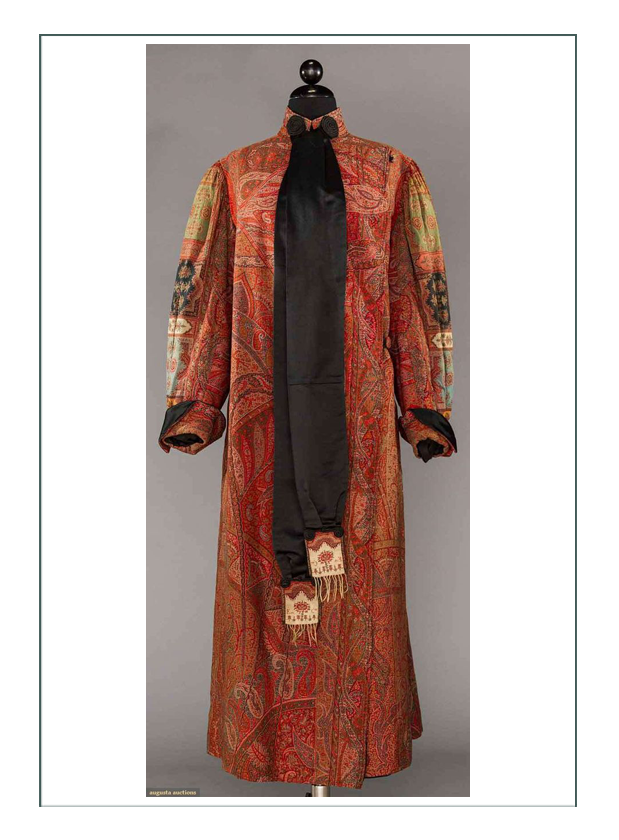
—— (above) “Arts & Crafts Paisley Shawl 1905” ——
ART NOUVEAU
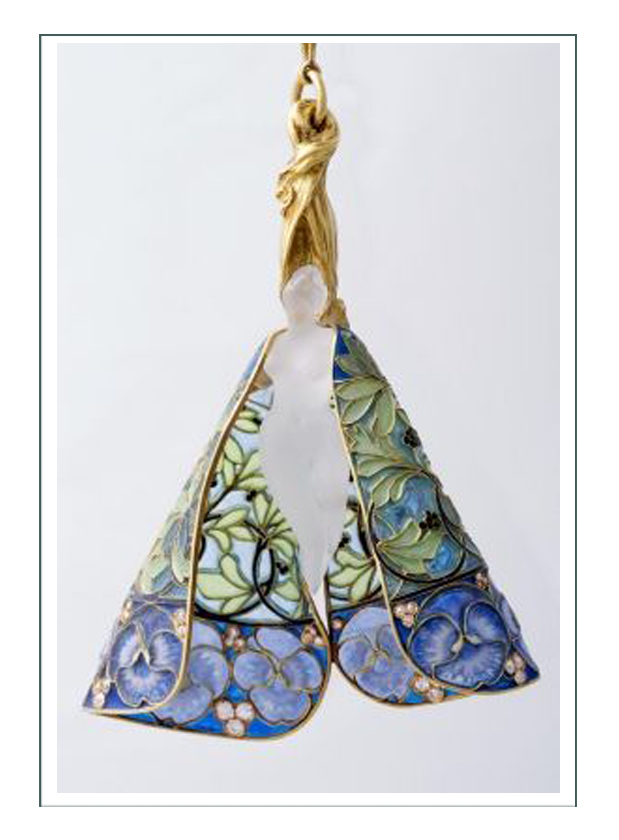
—– (above) “Art Nouveau Pendant by Rene Lalique 1900” —–
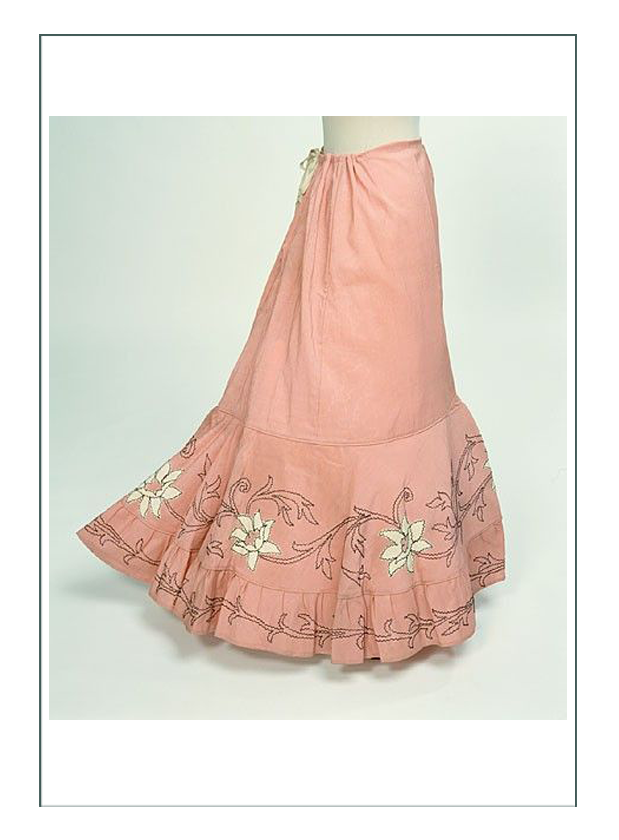
—— (above) “Alpaca & Cotton Art Nouveau Petticoat 1900” ——
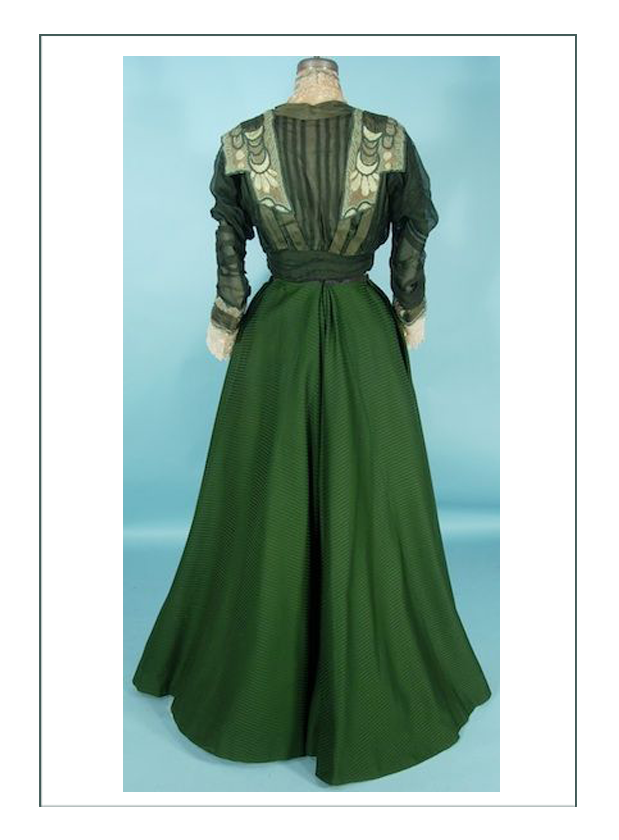
—— (above) “Art Nouveau Evening Gown 1901” ——
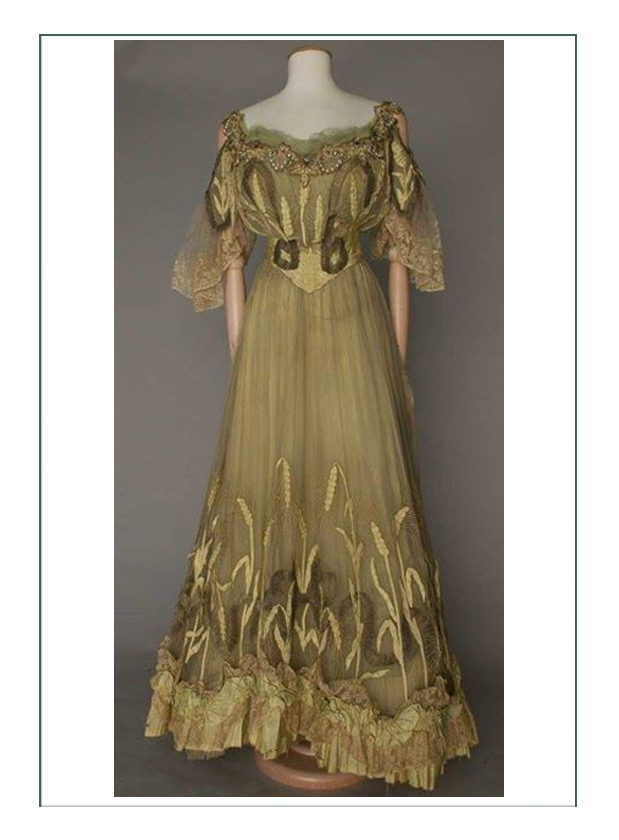
—— (above) “Art Nouveau Gown by Maison Beers 1902” ——
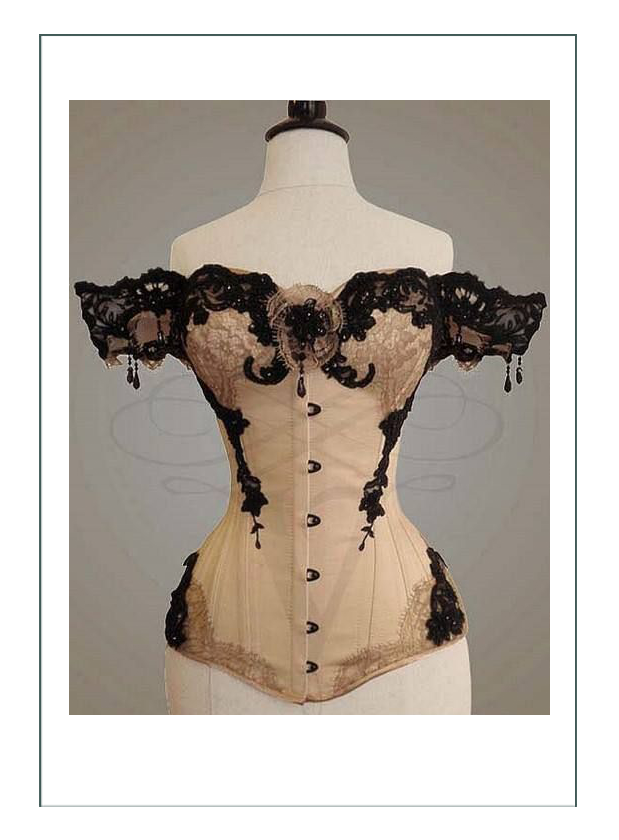
—— (above) “Art Nouveau Corset 1902 est” ——
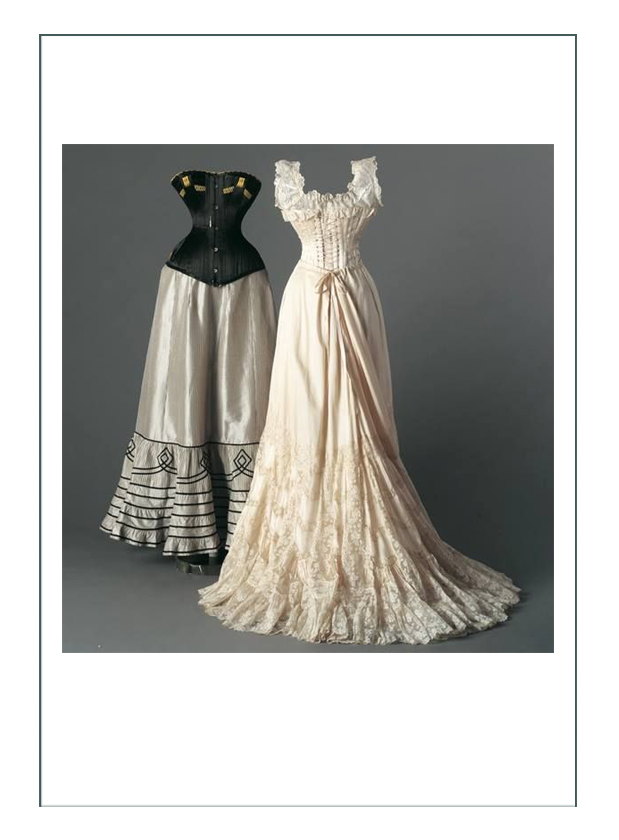
—— (above) “Art Nouveau Undergarments 1905” ——
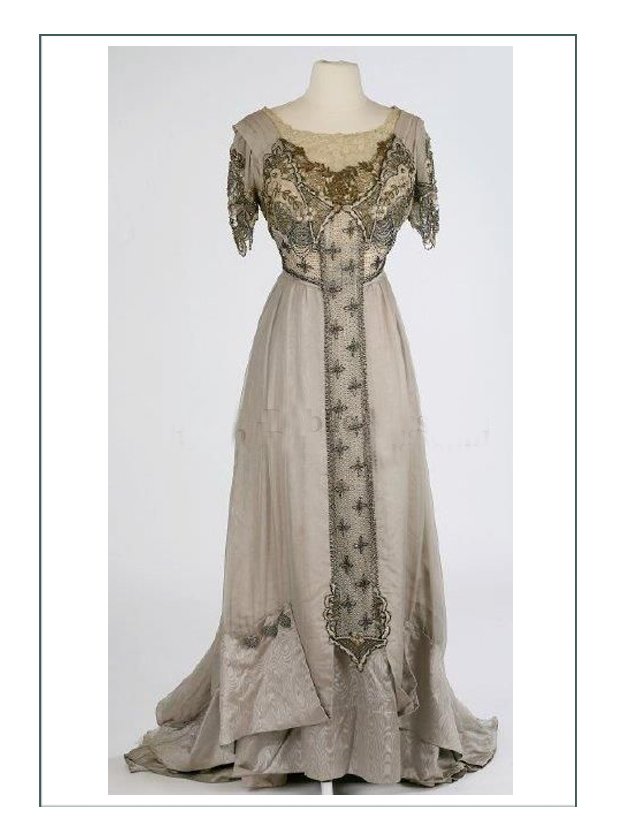
—— (above) “Art Nouveau Tunic 1905” ——
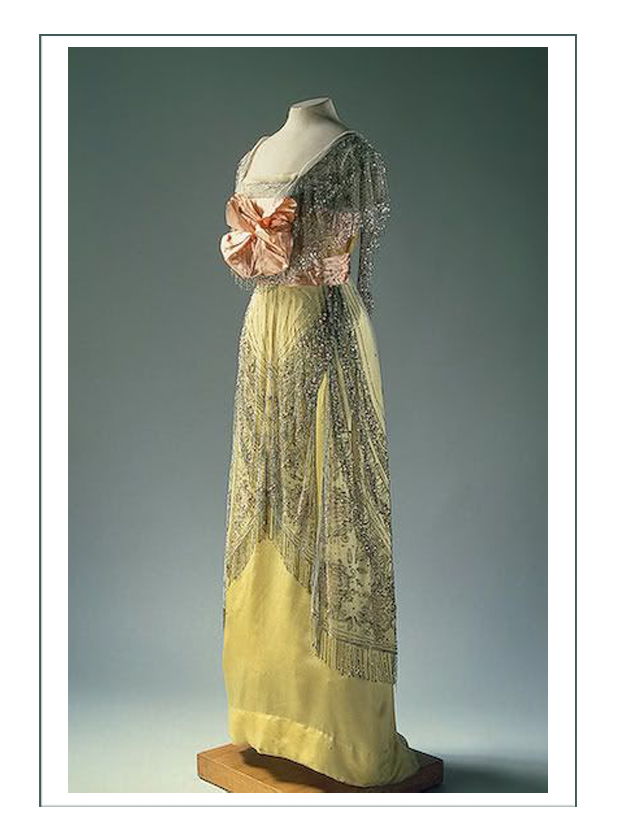
—— (above) “Art Nouveau Gown 1908” ——
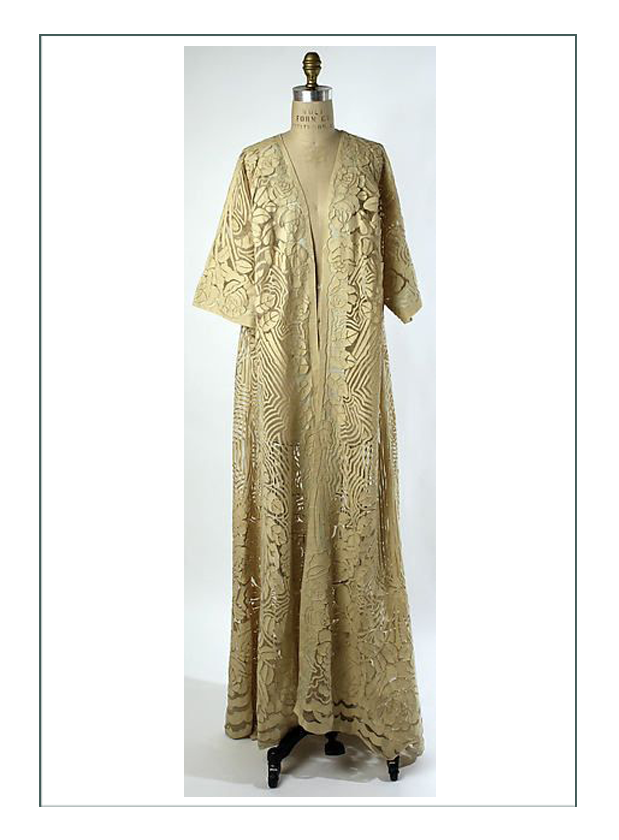
—— (above) “Art Nouveau Negligee 1909” ——
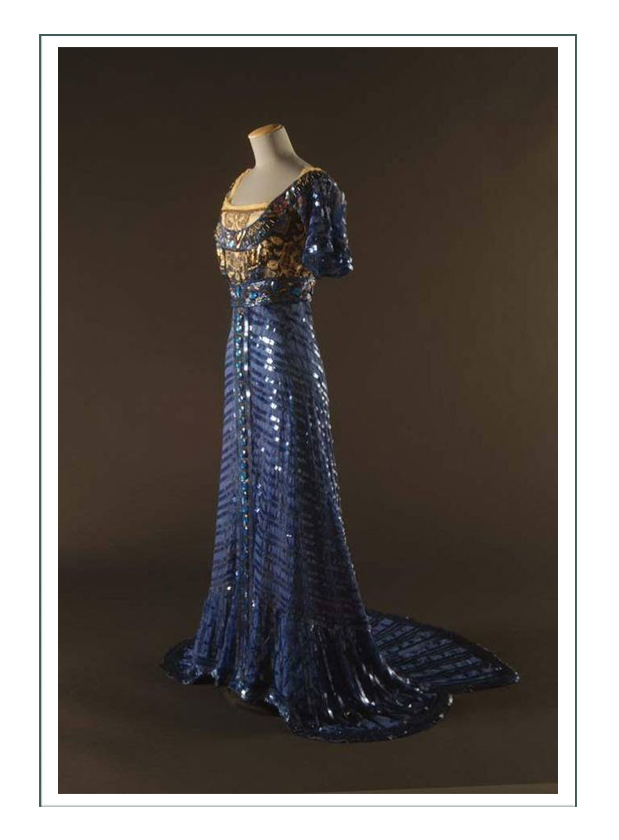
—— (above) “Art Nouveau by Callot Soeurs 1909” ——
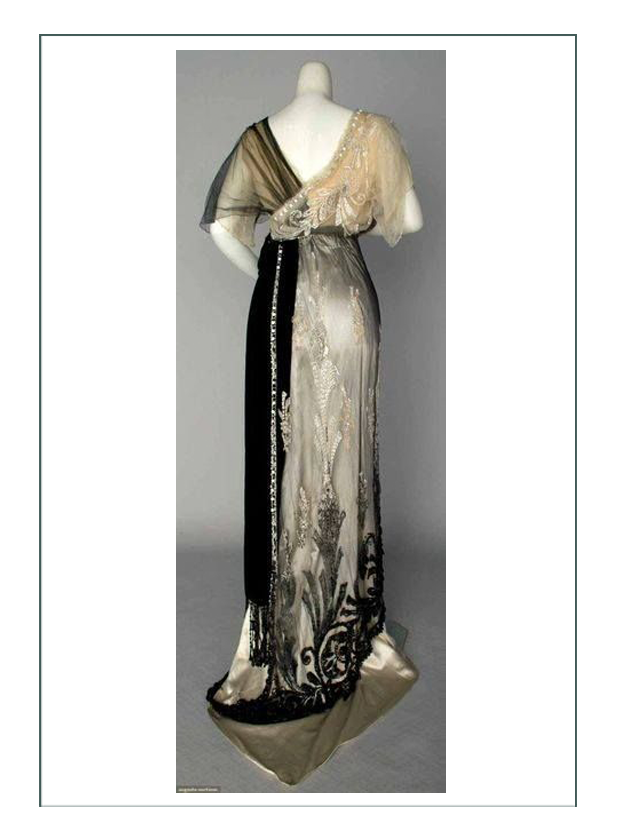
—— (above) “Art Nouveau by Paquin 1911” ——
Click date below to go to a different era. We can replicate most ANY garment you see!
